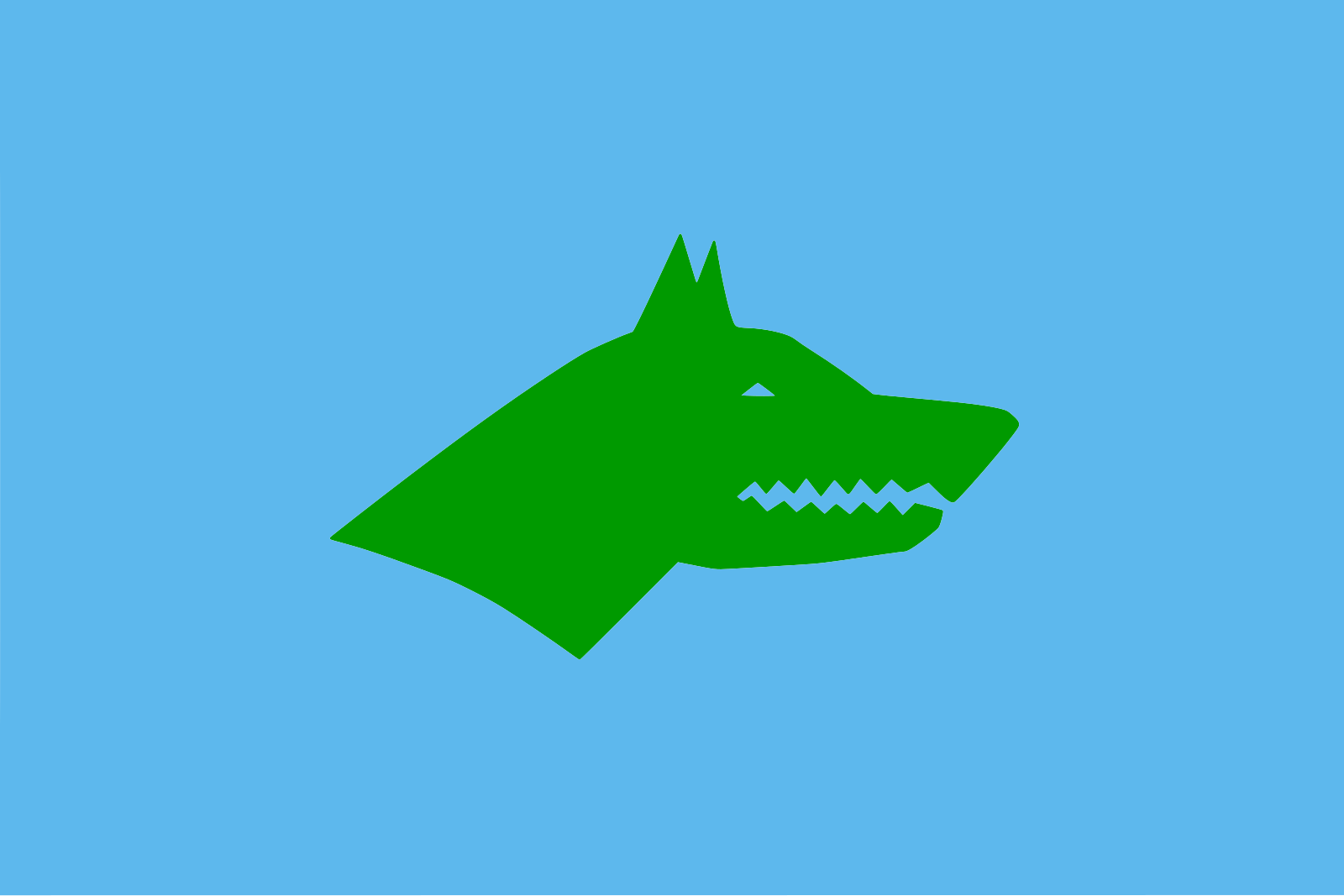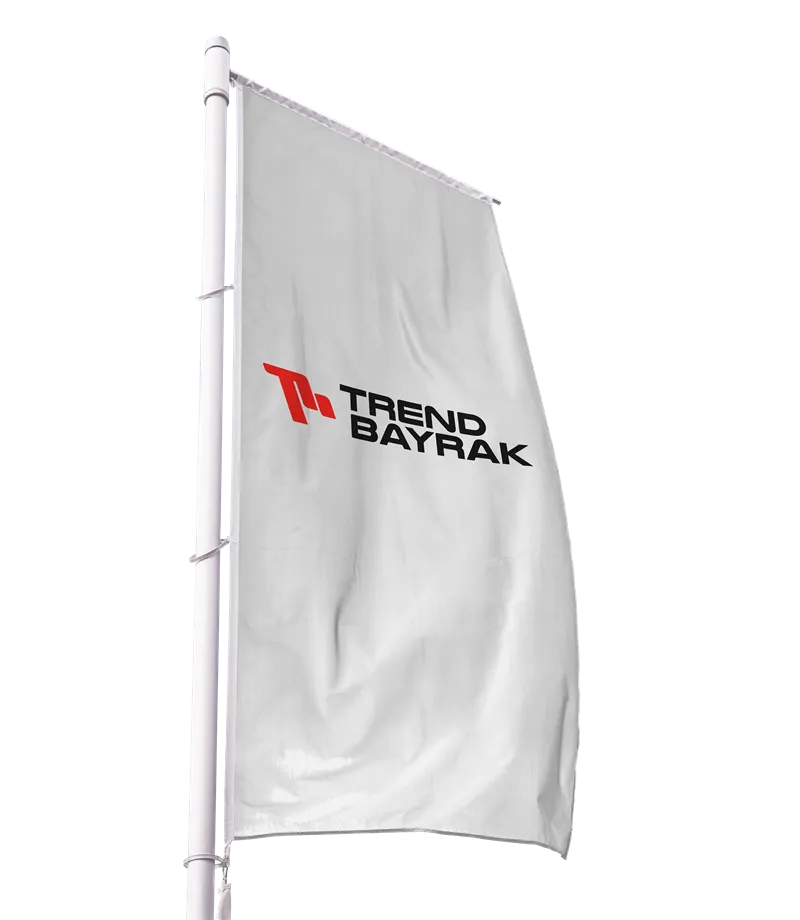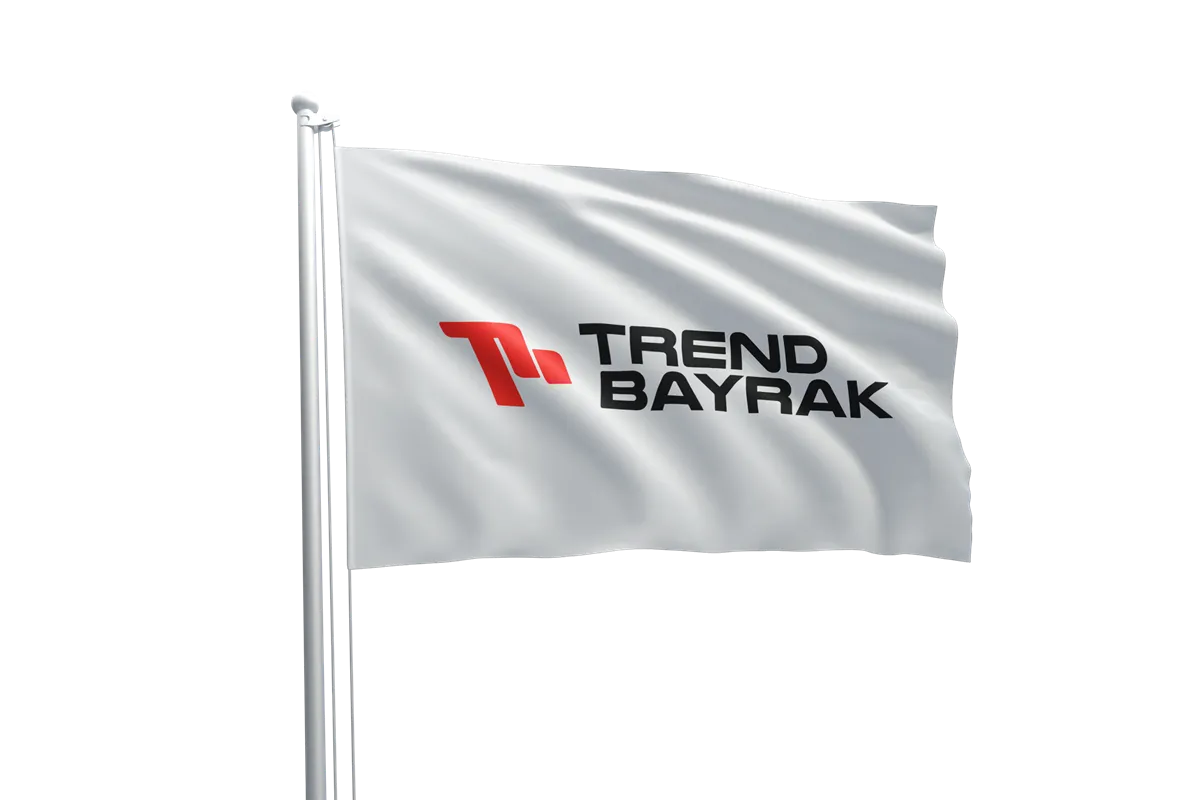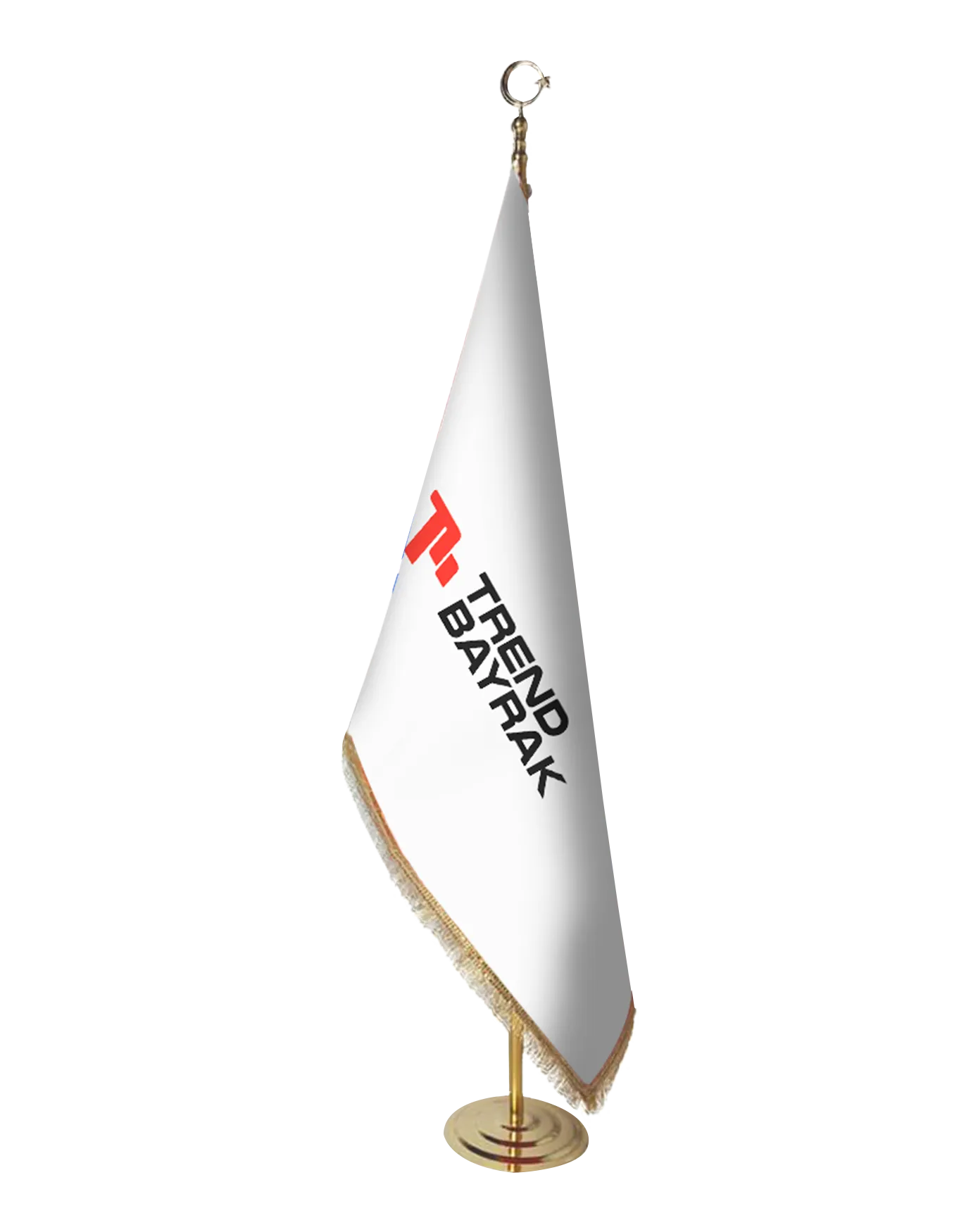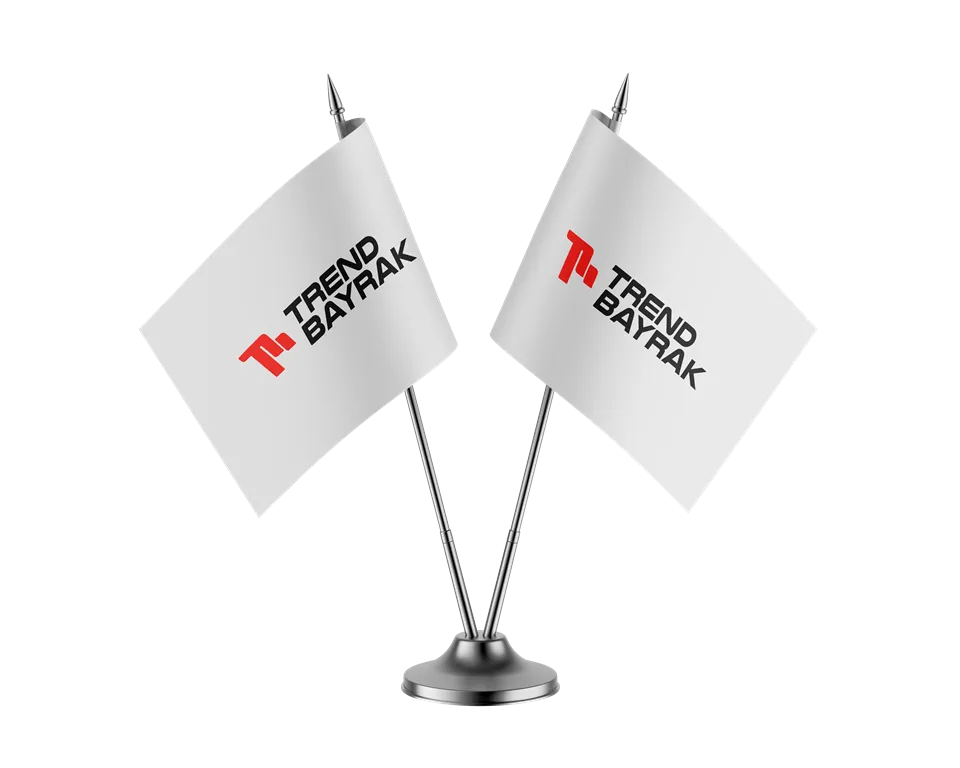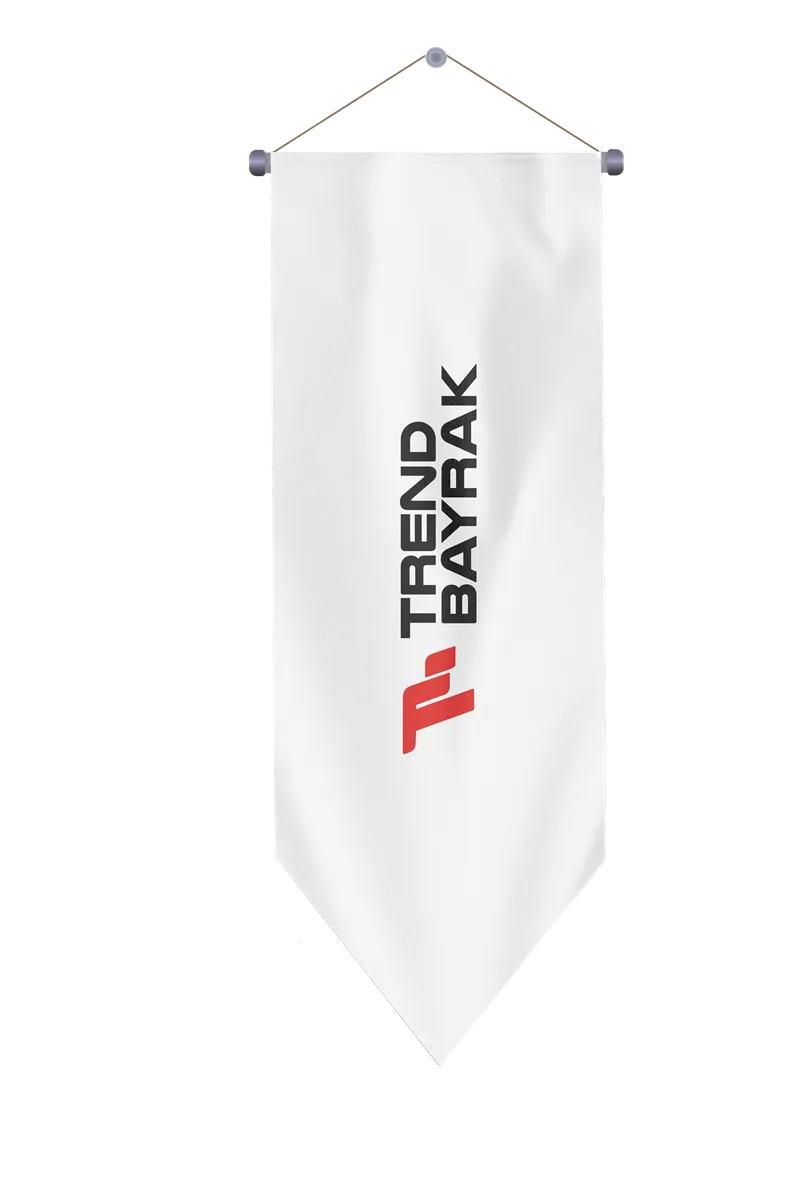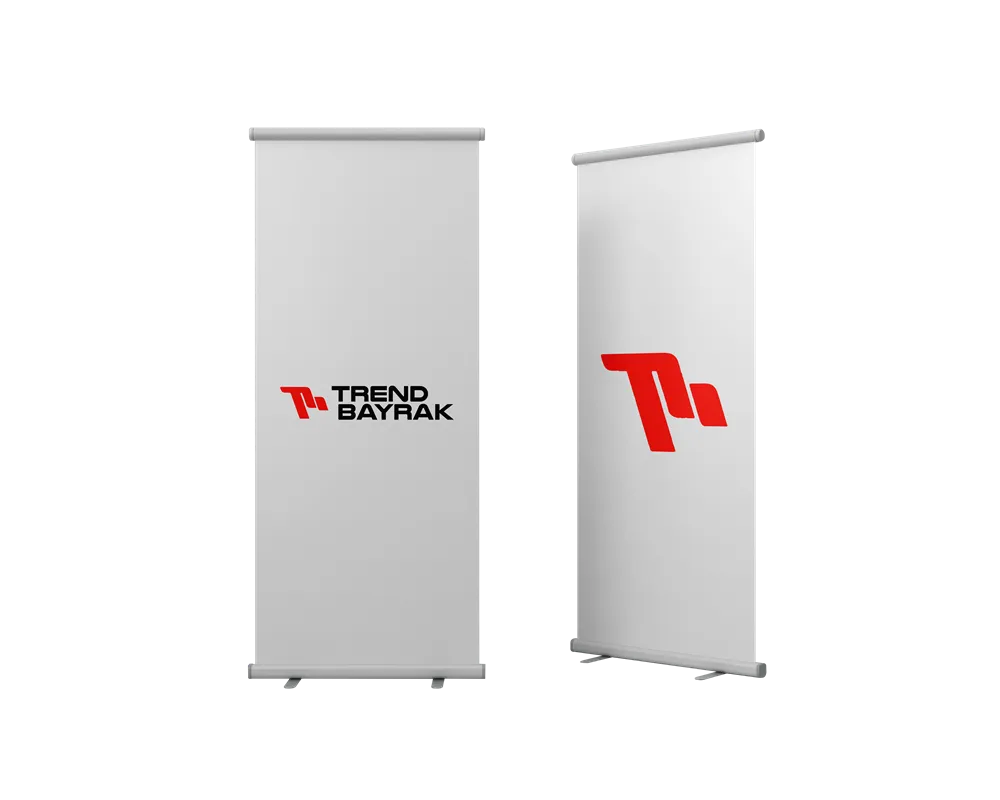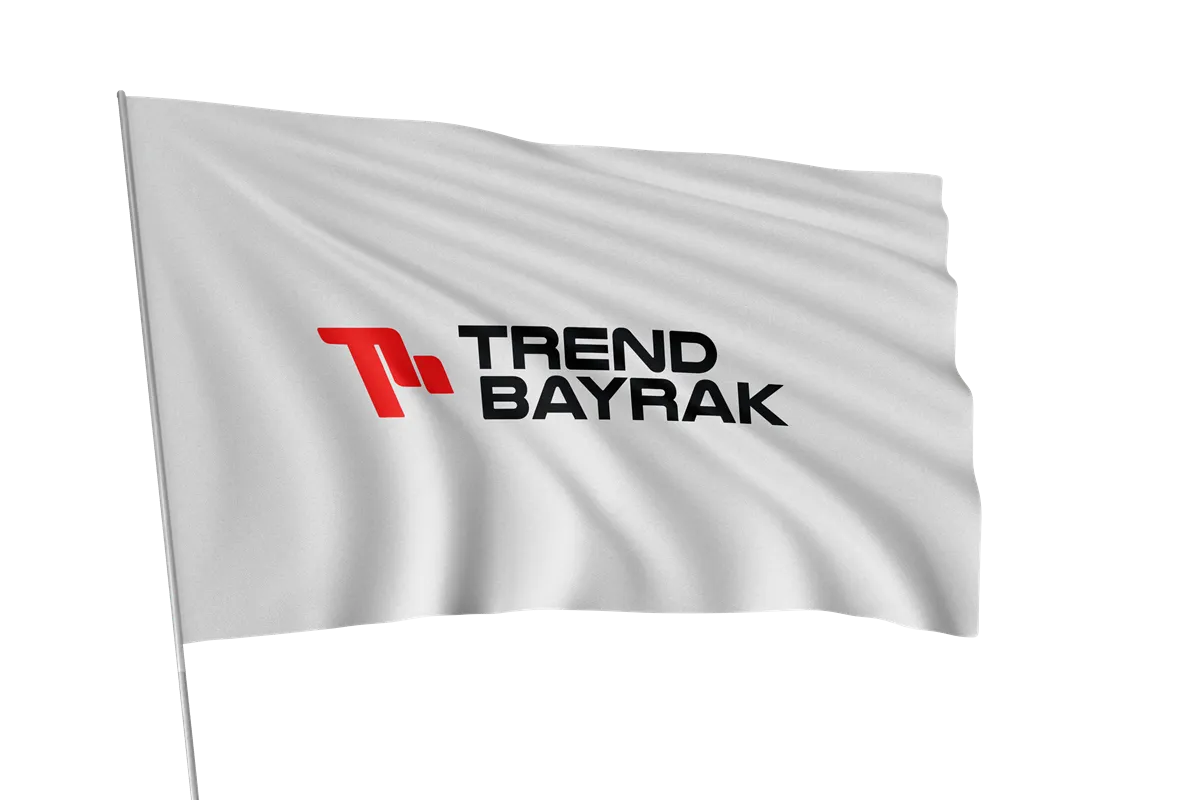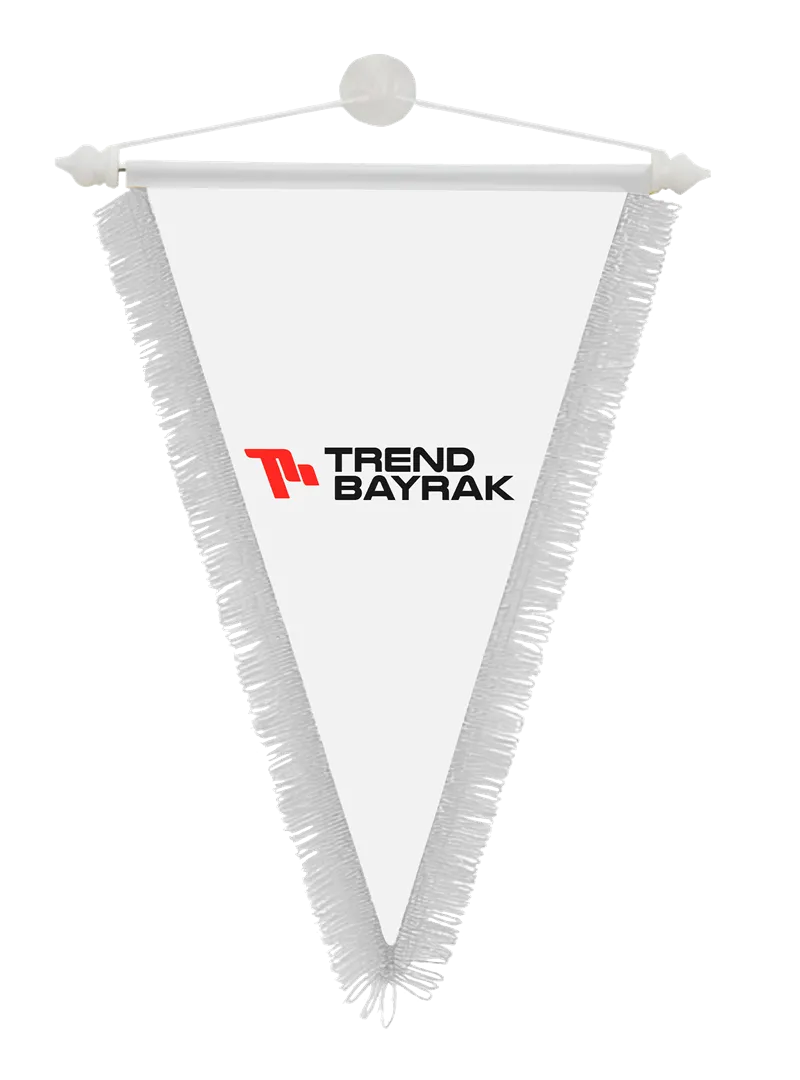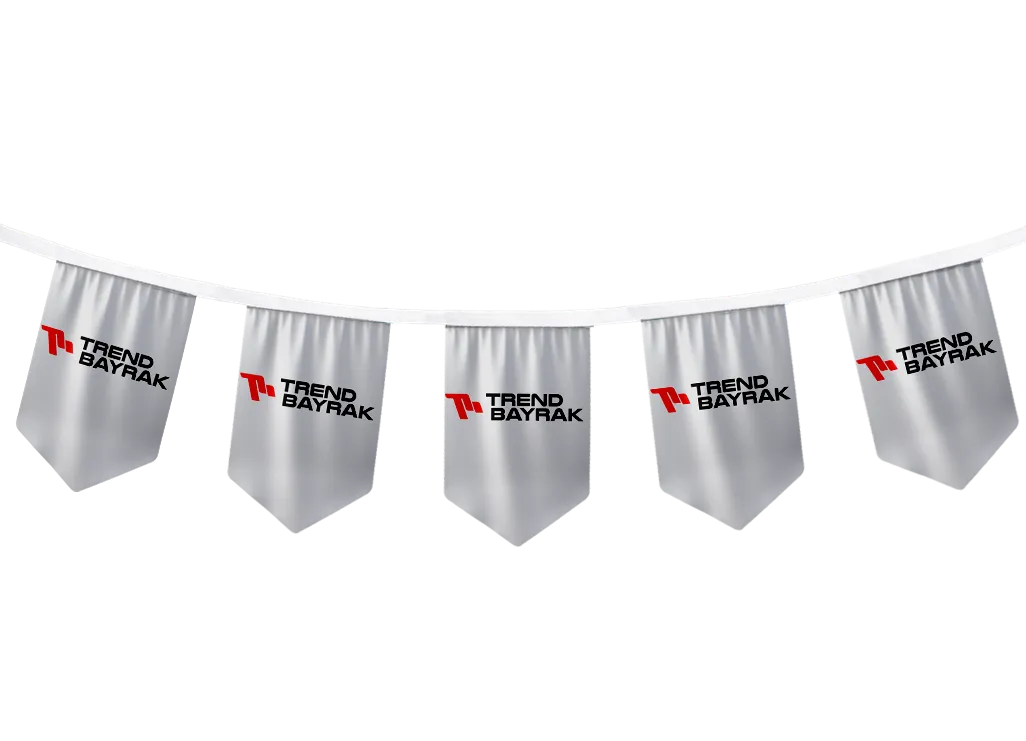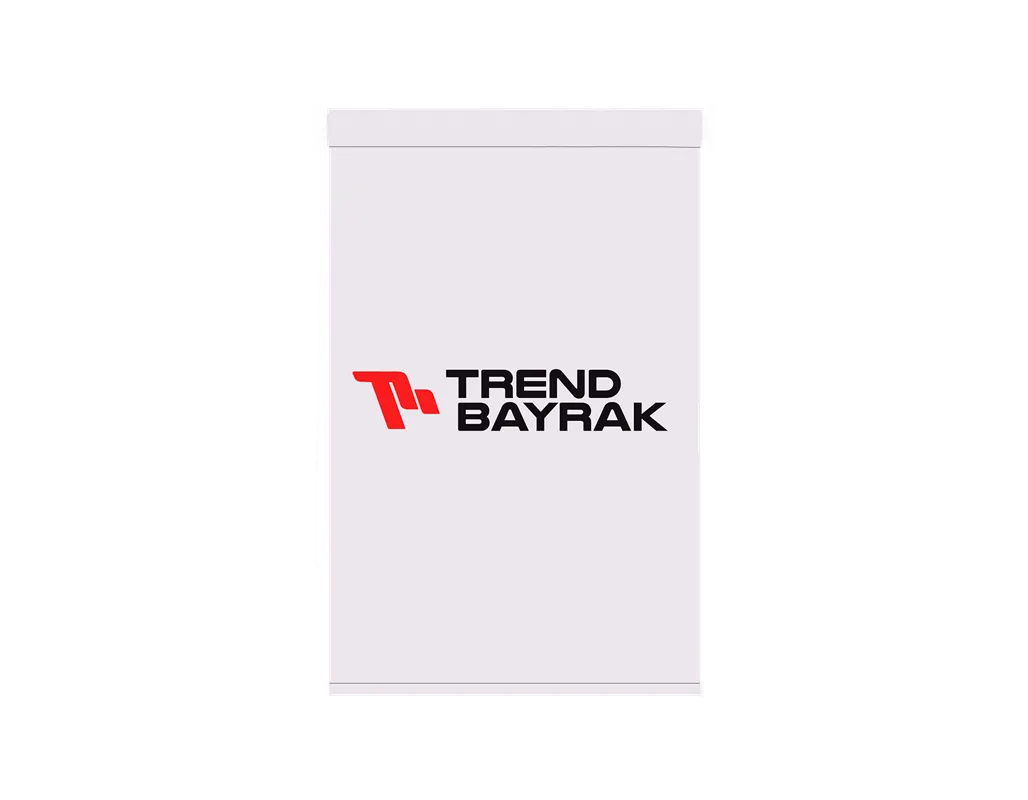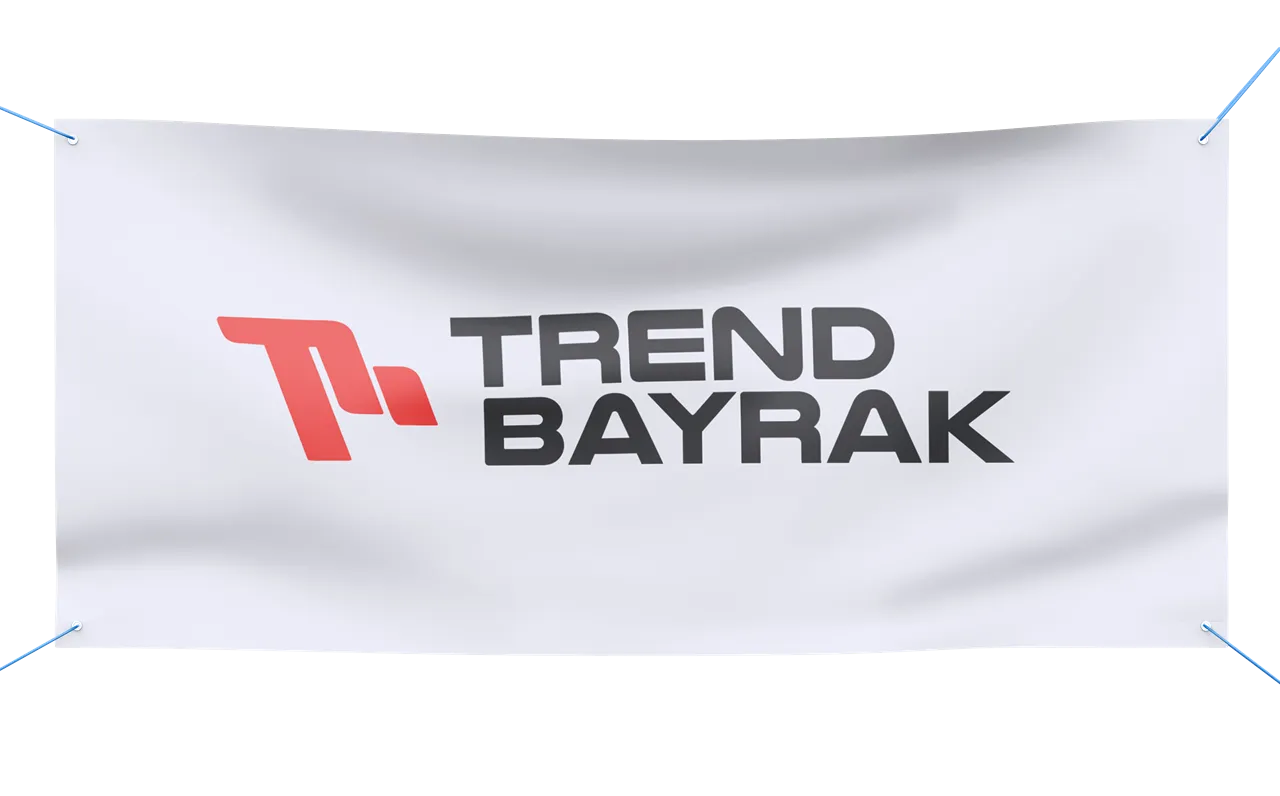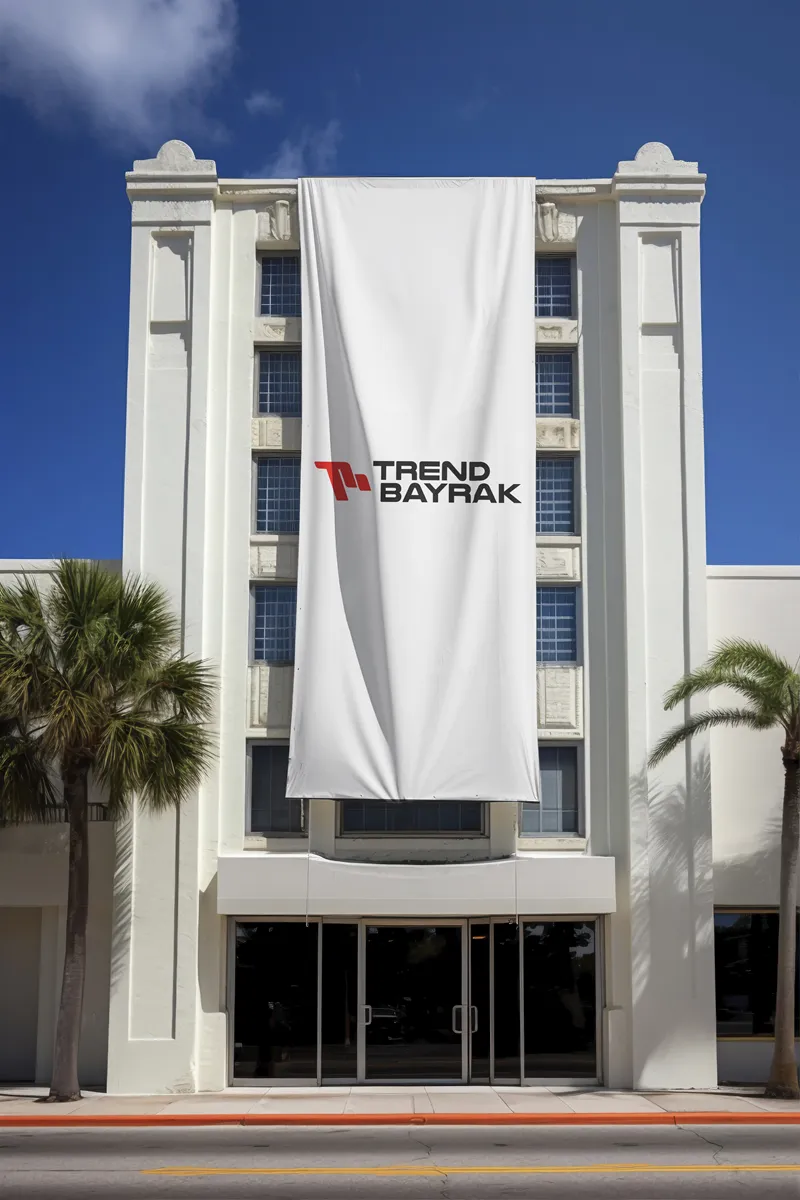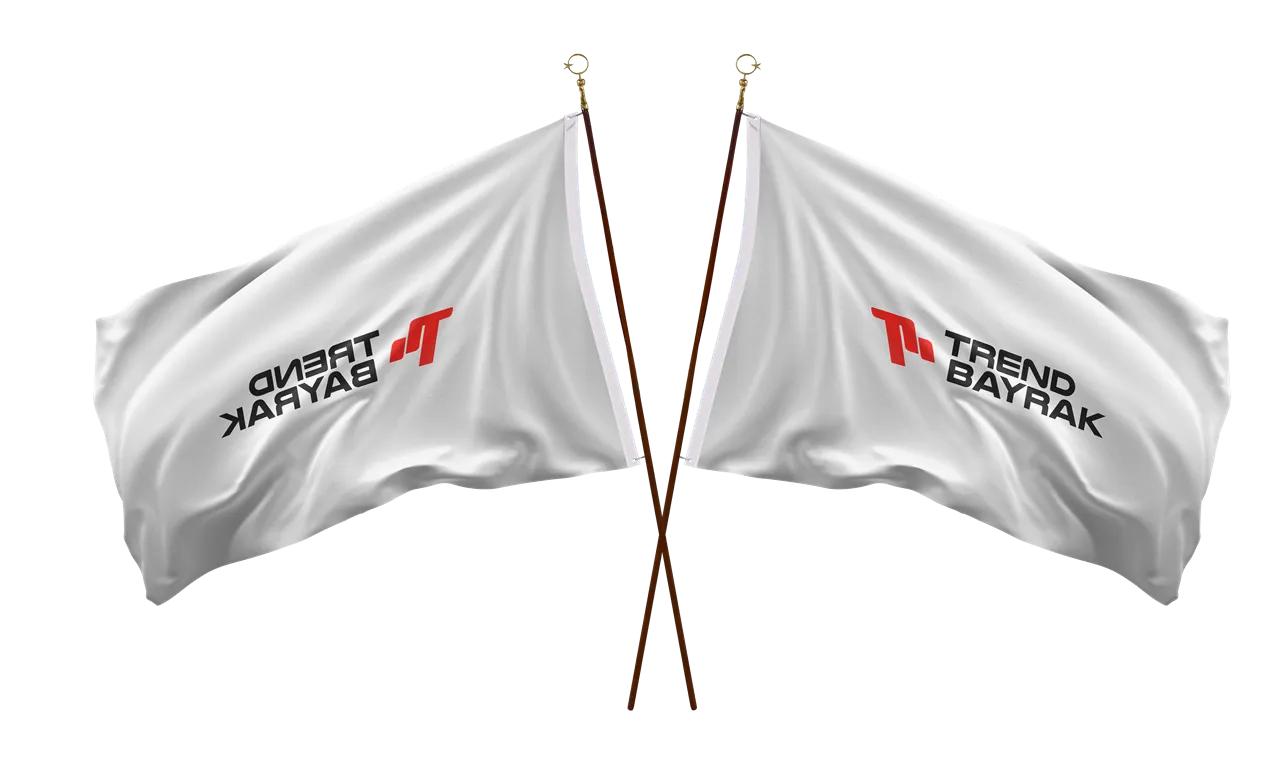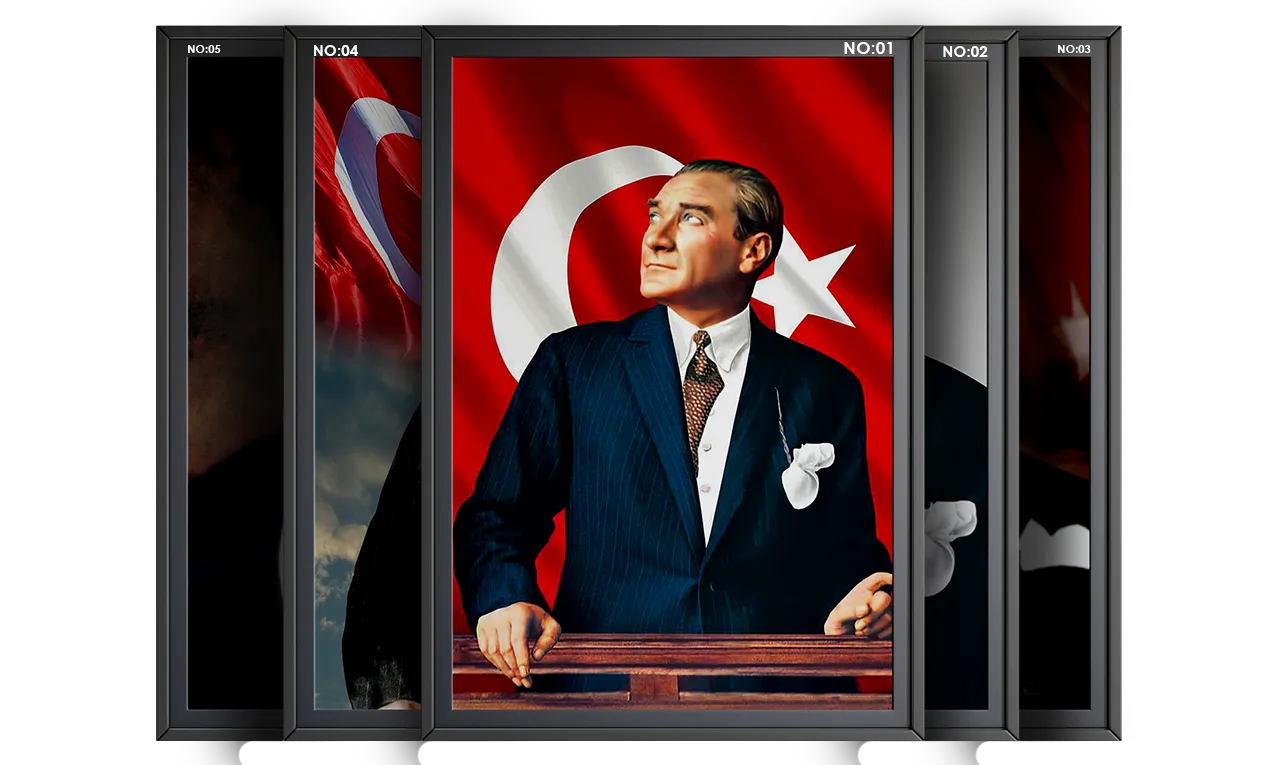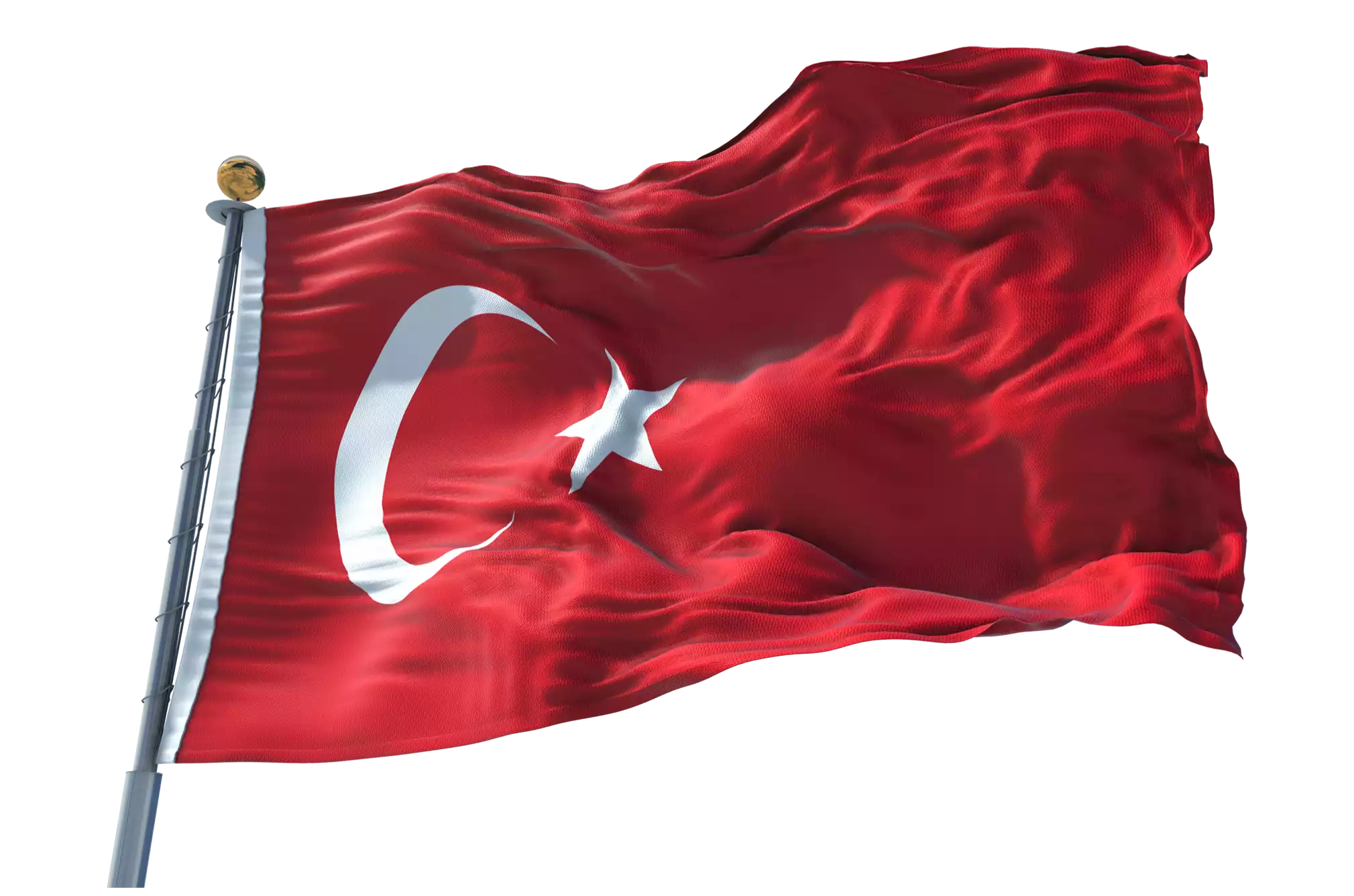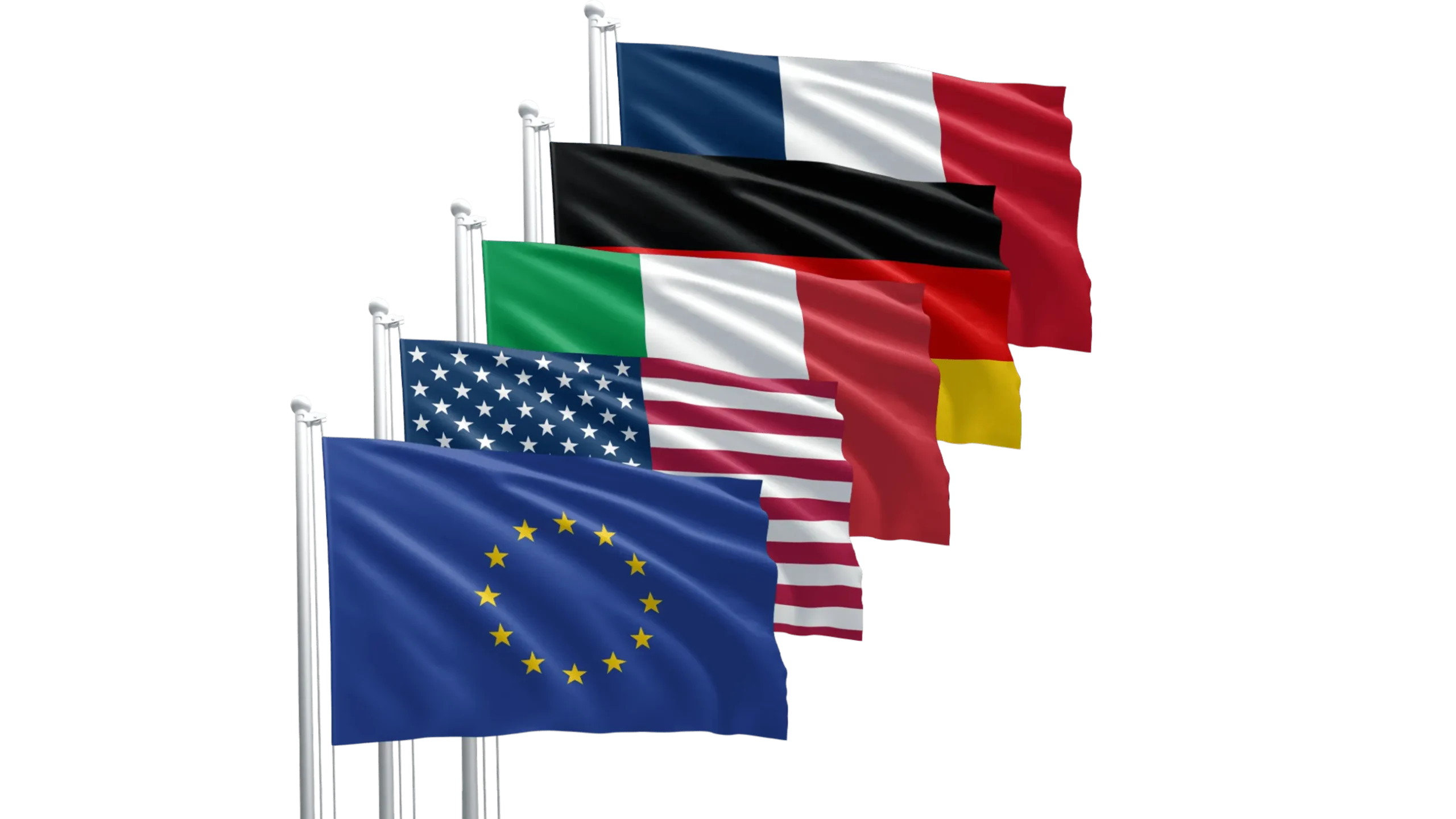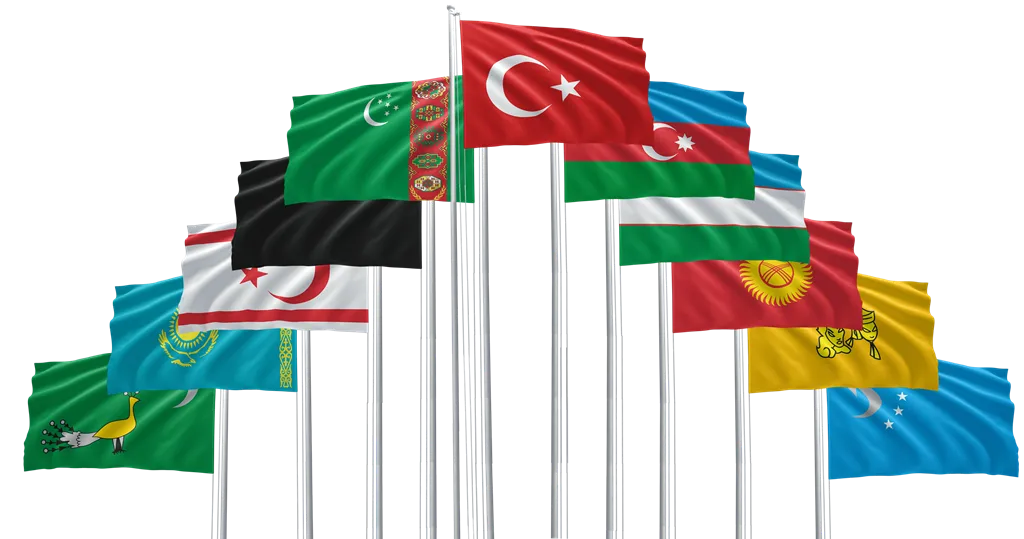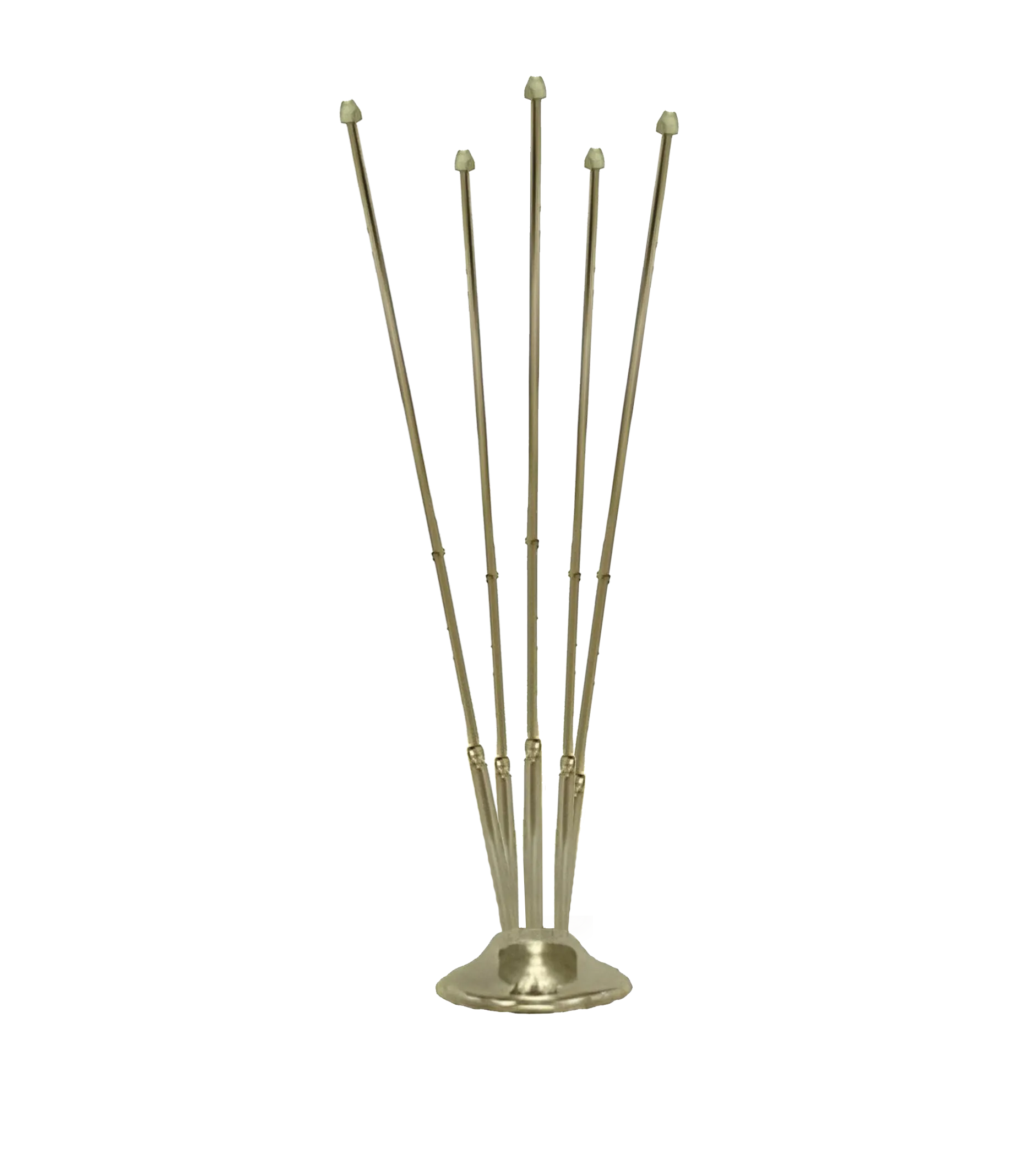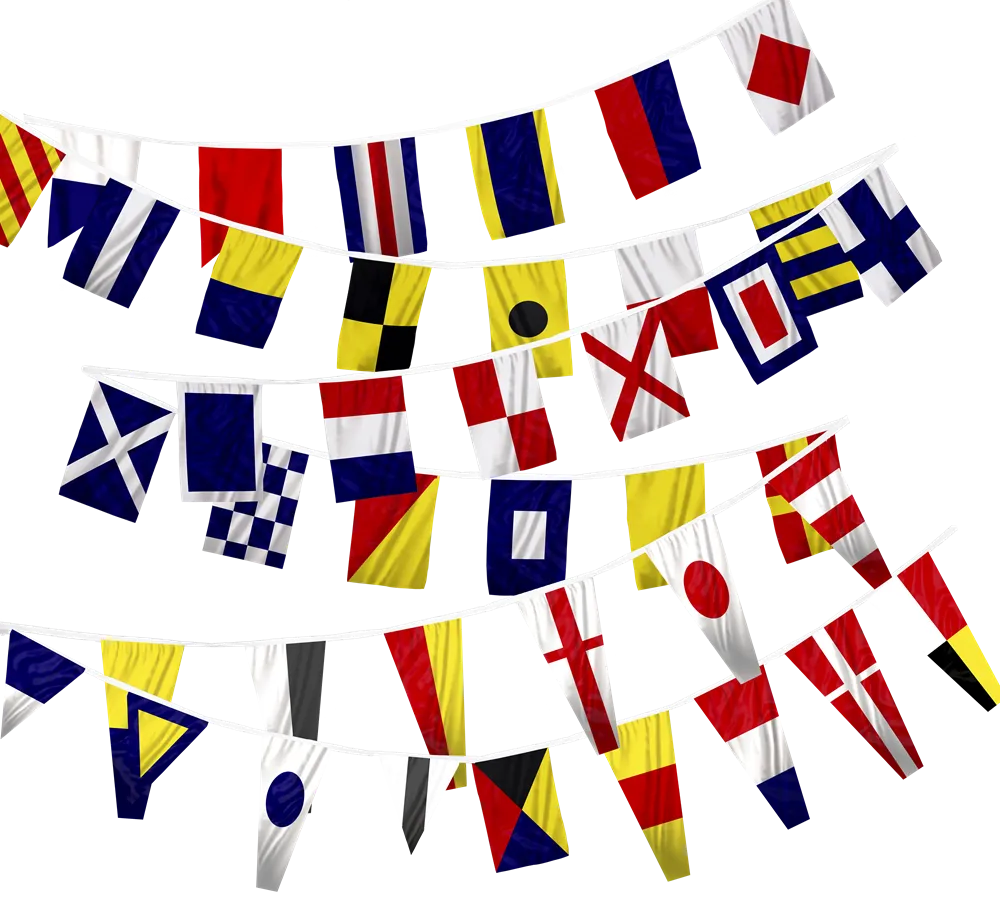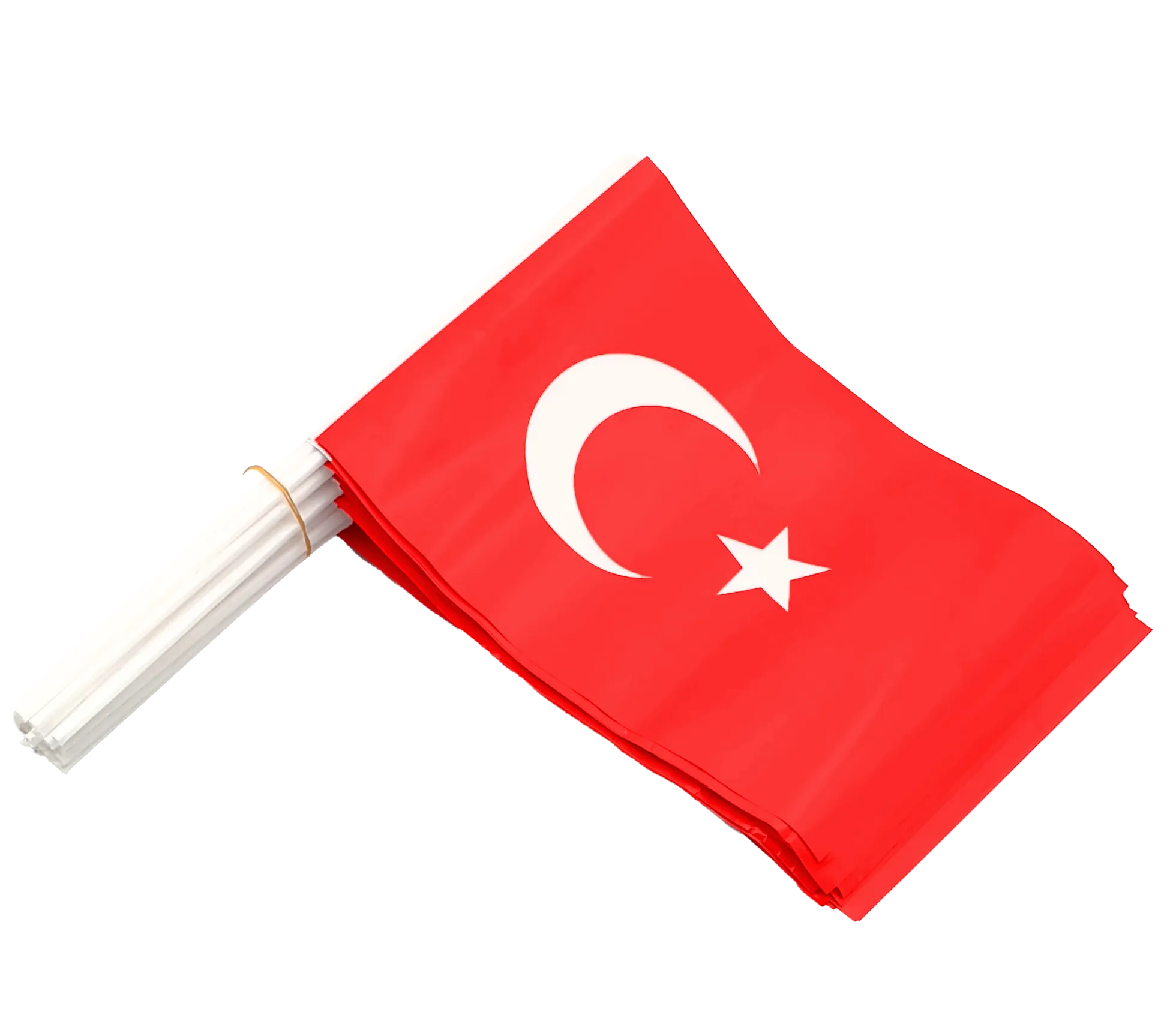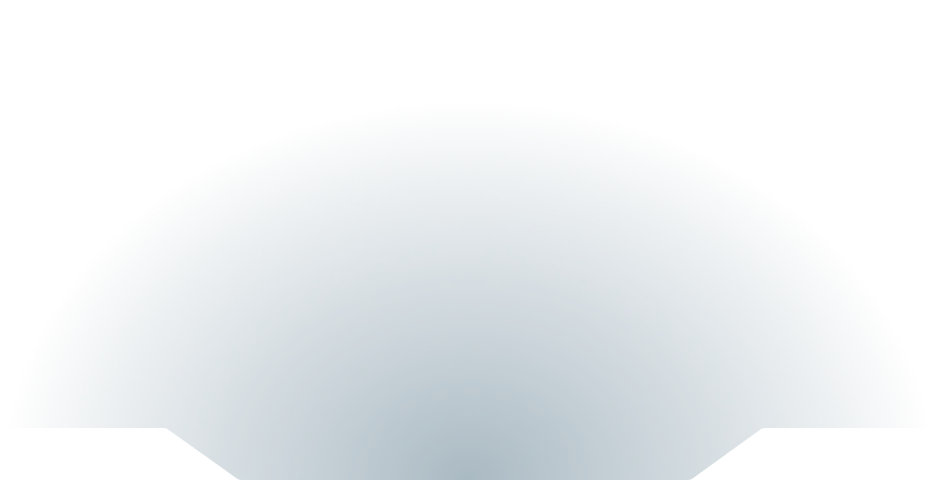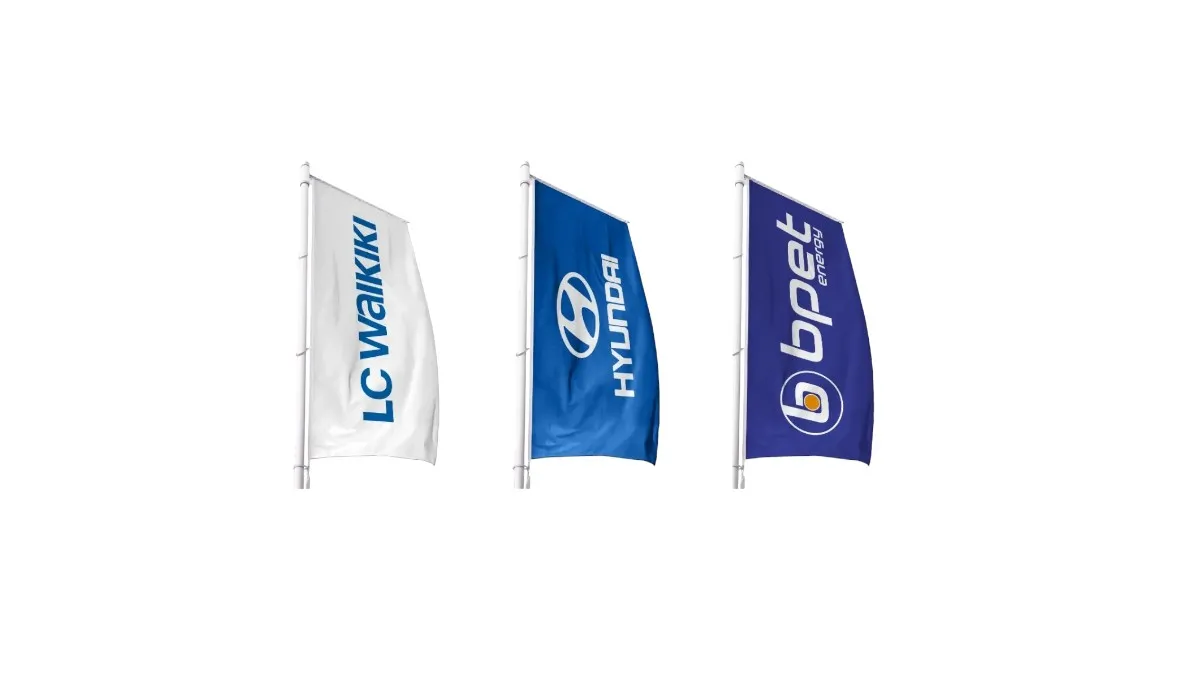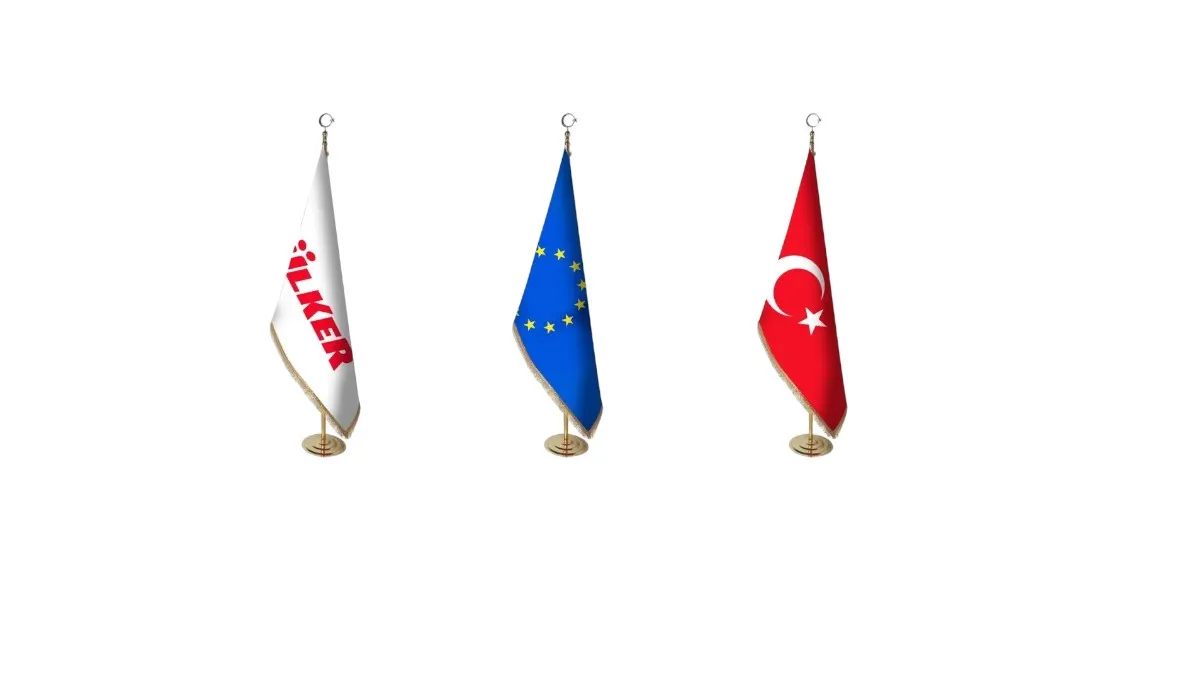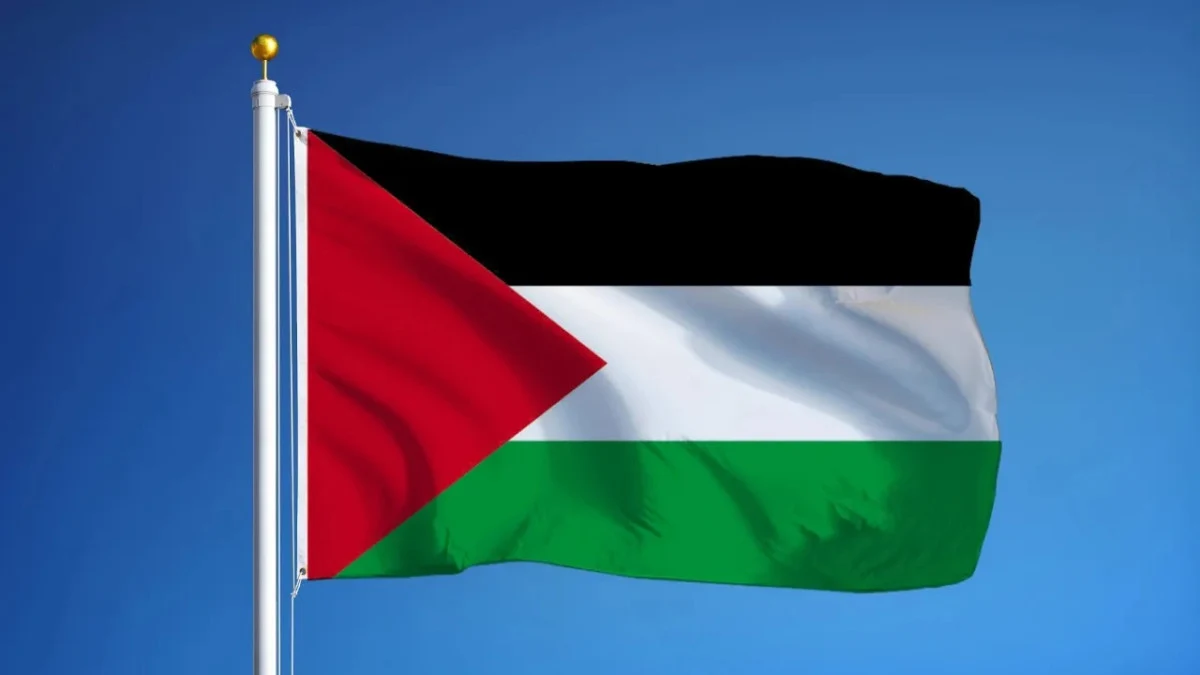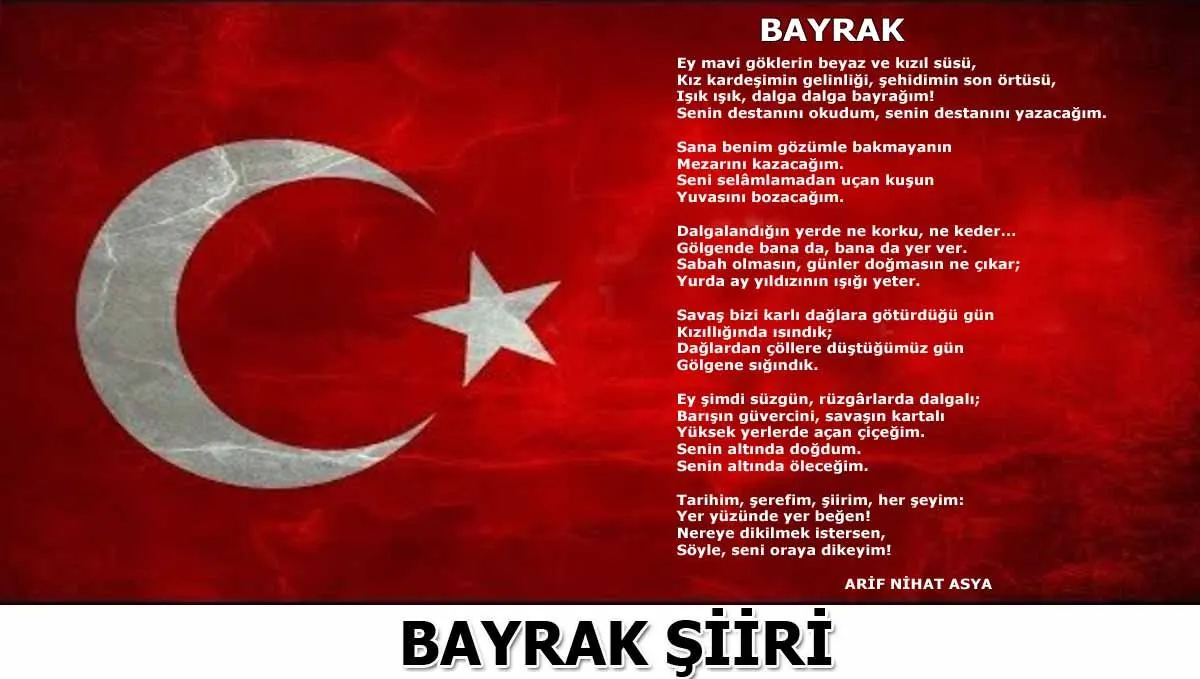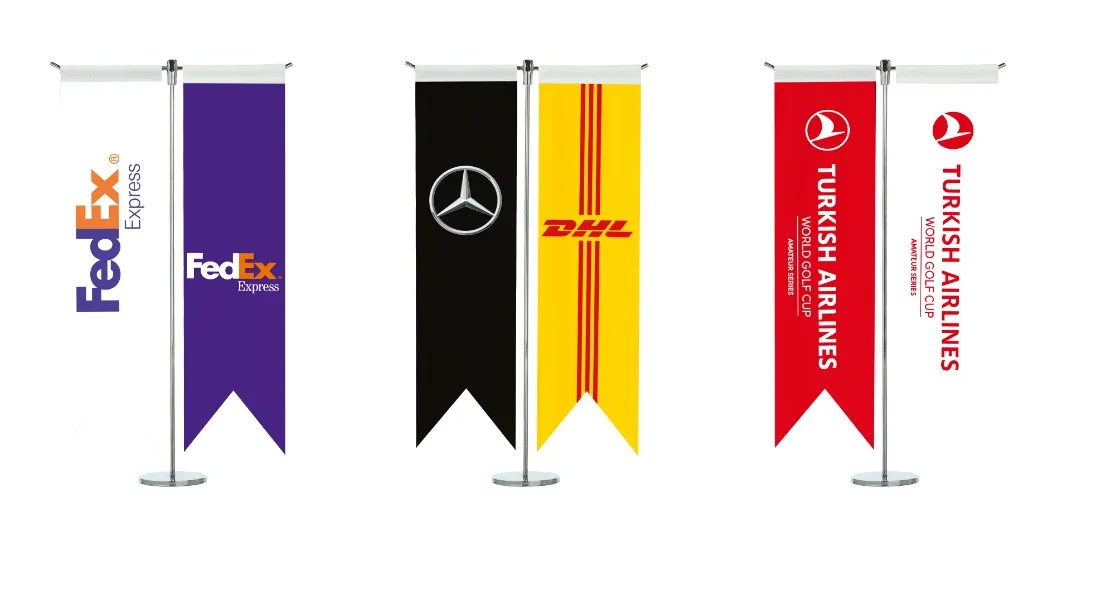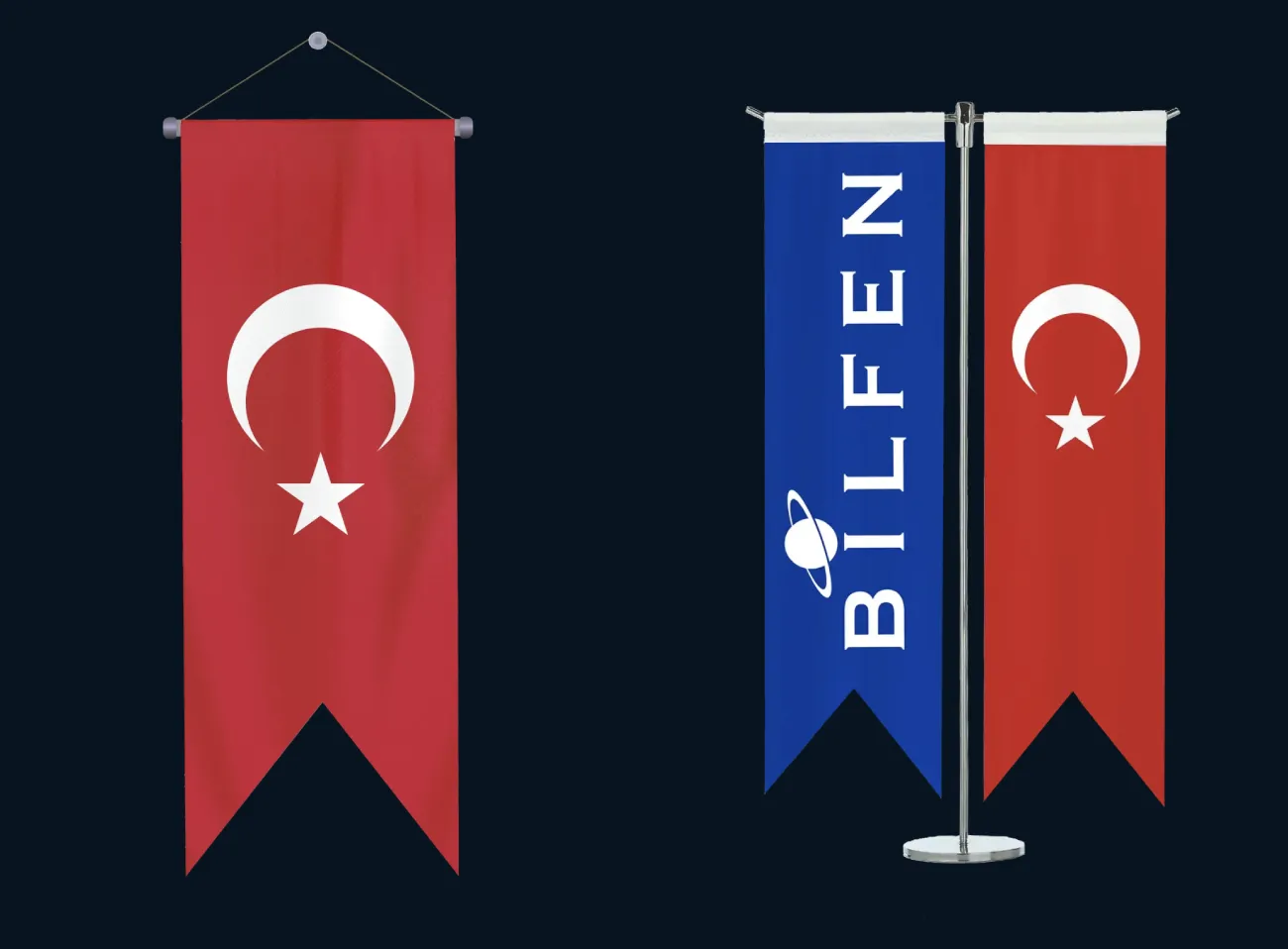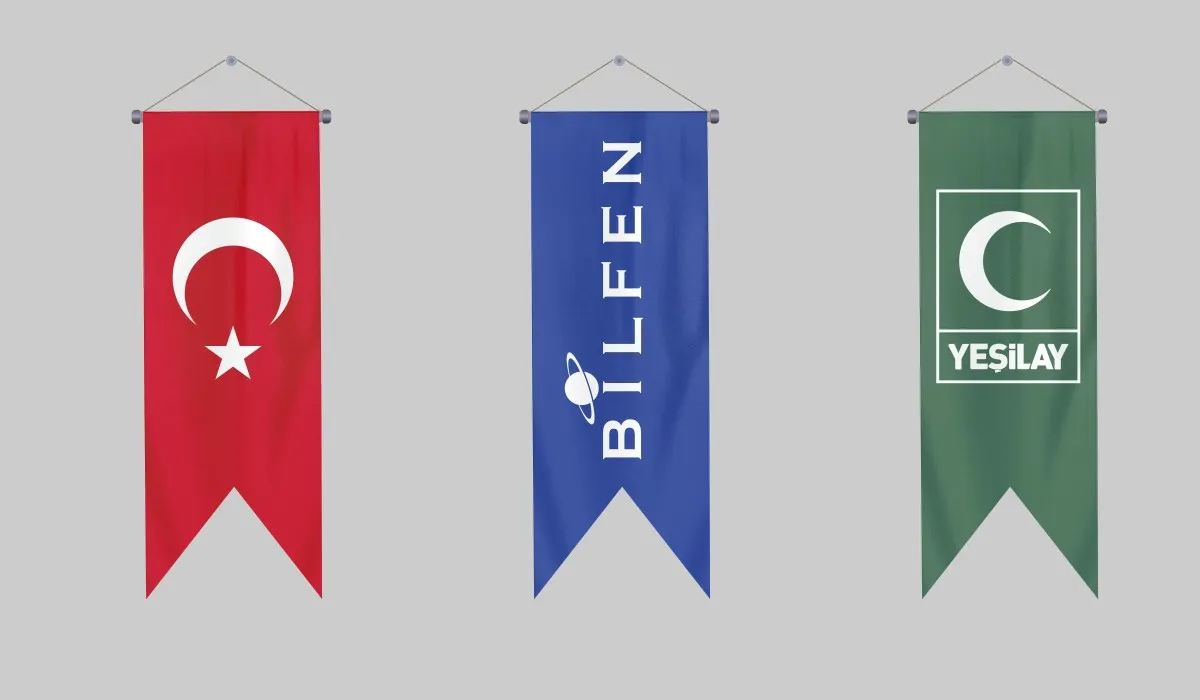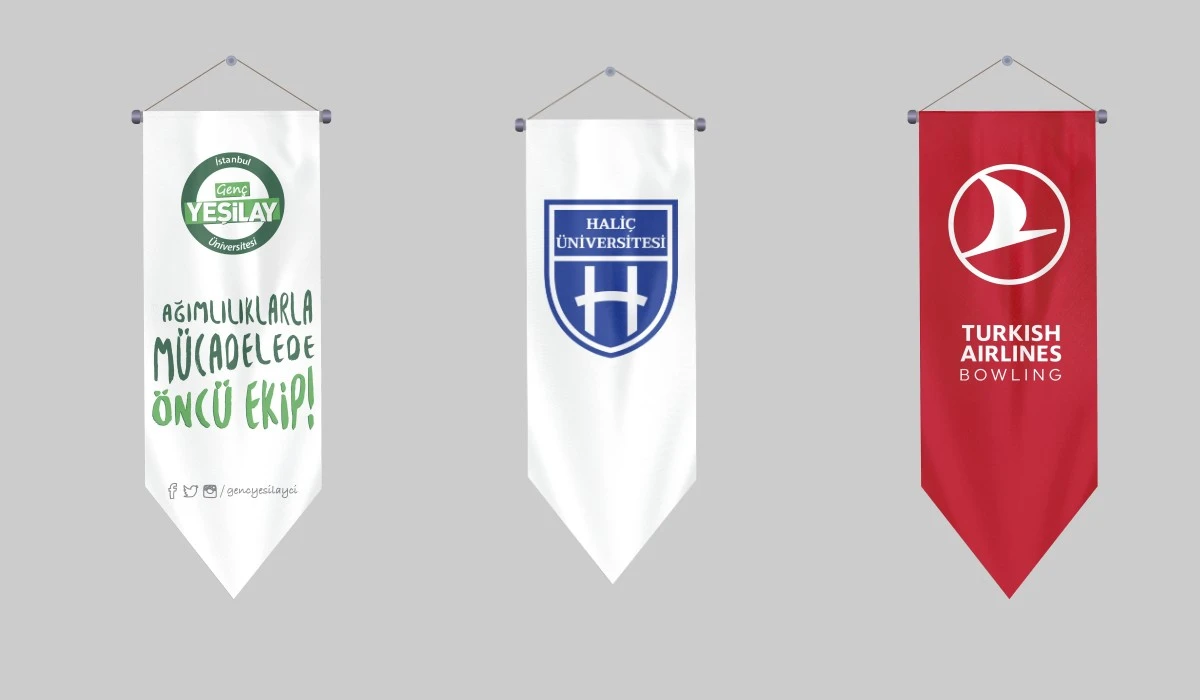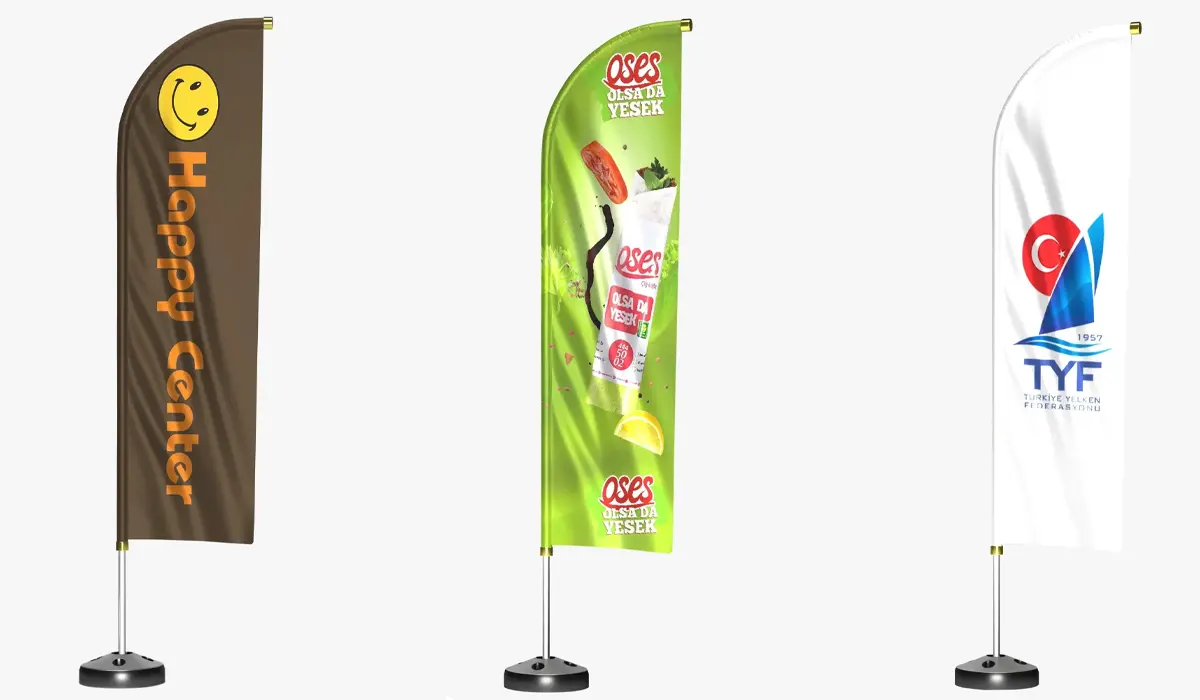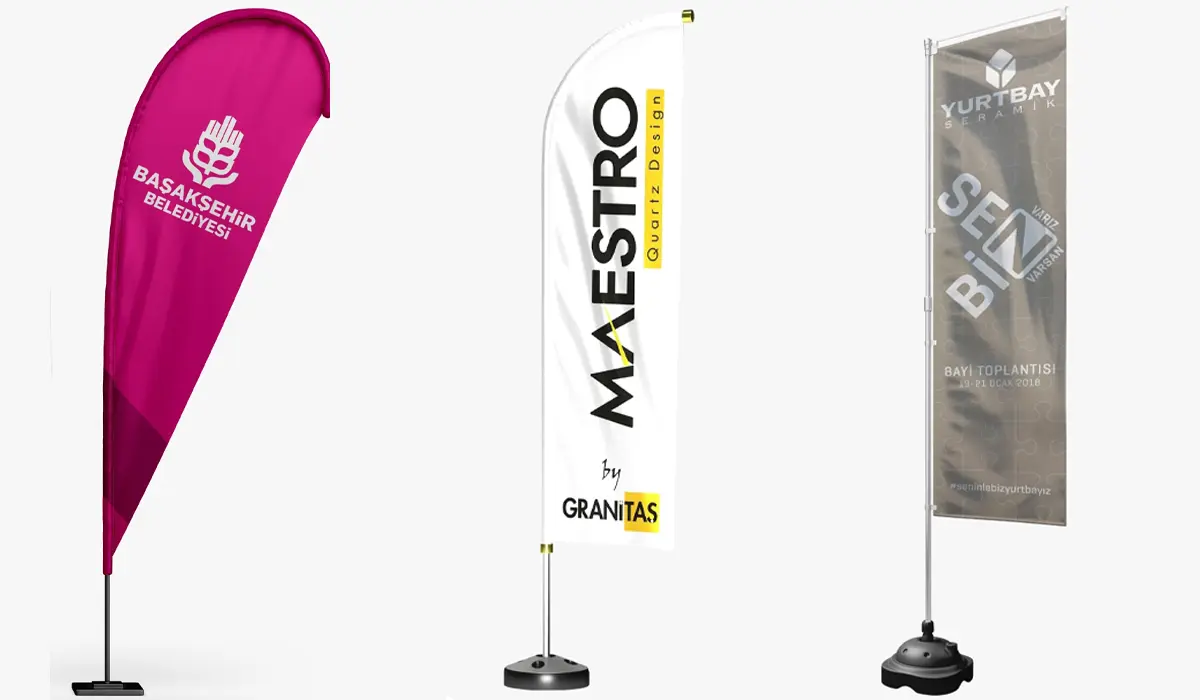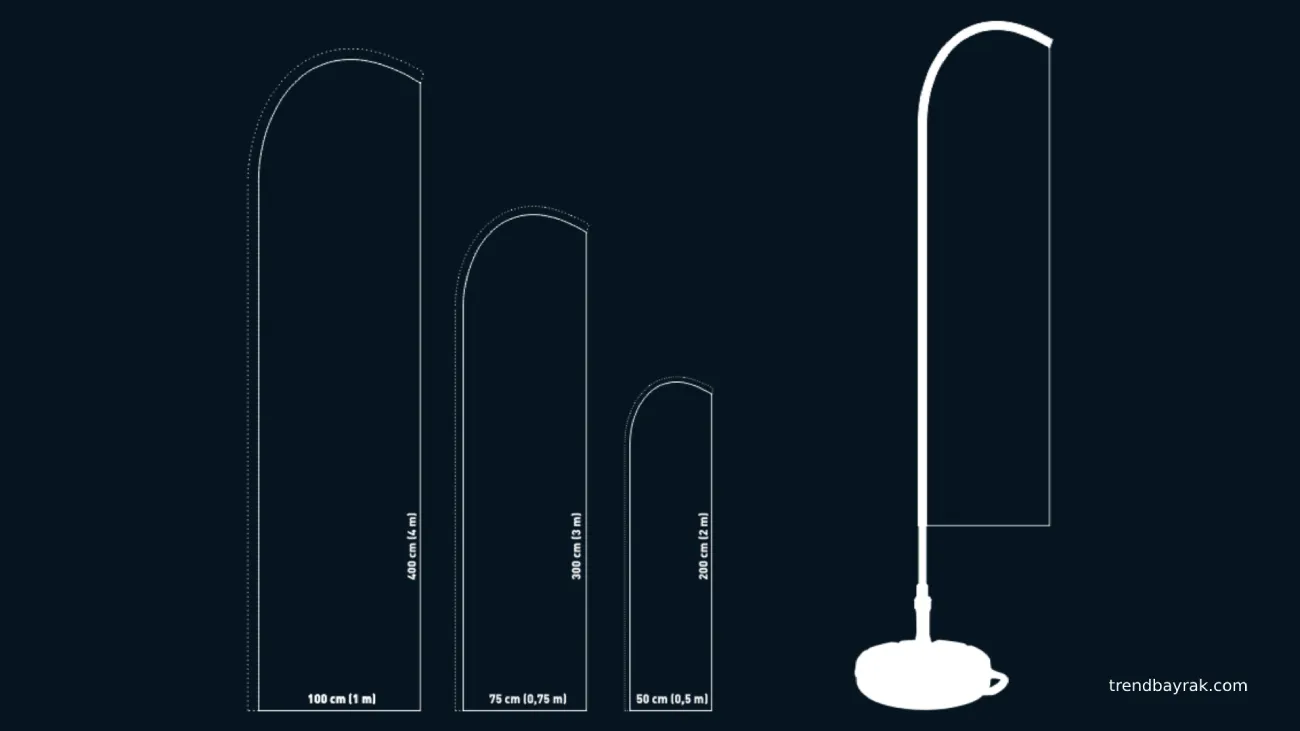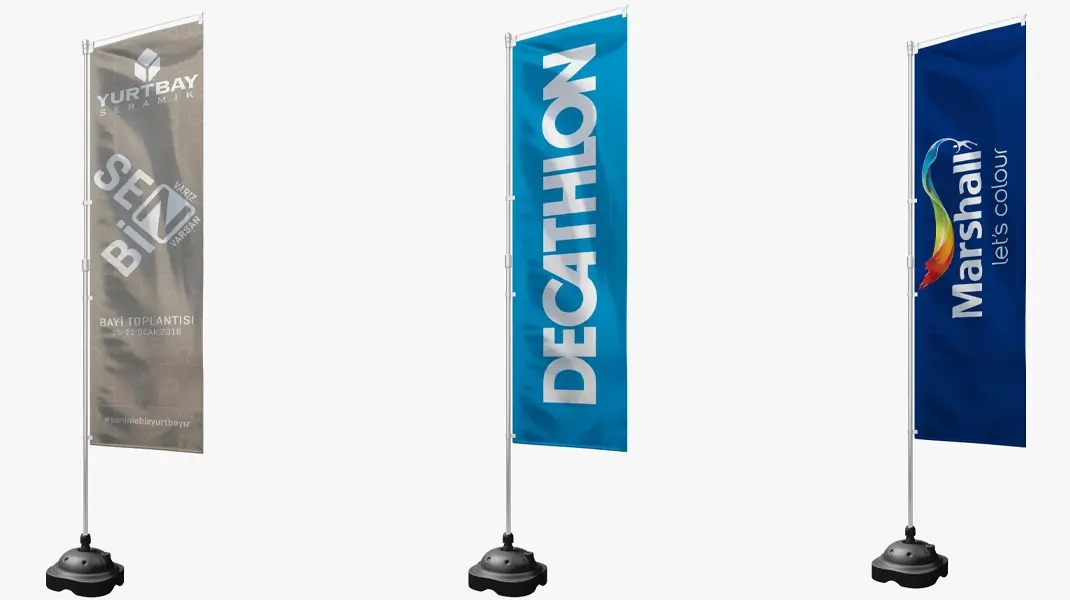In Turkish culture, flags have a close connection with the people’s struggle for independence, identity and history. Ancient Turkish flags are more than just symbols, they are important tools that reflect a nation’s history, cultural values and struggle for freedom. Especially the Bozkurt flag has a special place in the historical memory of the Turkish nation. While Bozkurt is accepted as a symbol of power, freedom and heroism in Turkish mythology, the presence of this symbol on flags symbolizes deep meanings in the history of the Turkish nation. The history of the Bozkurt Flag and the characteristics of ancient Turkish flags have a rich content both culturally and historically.
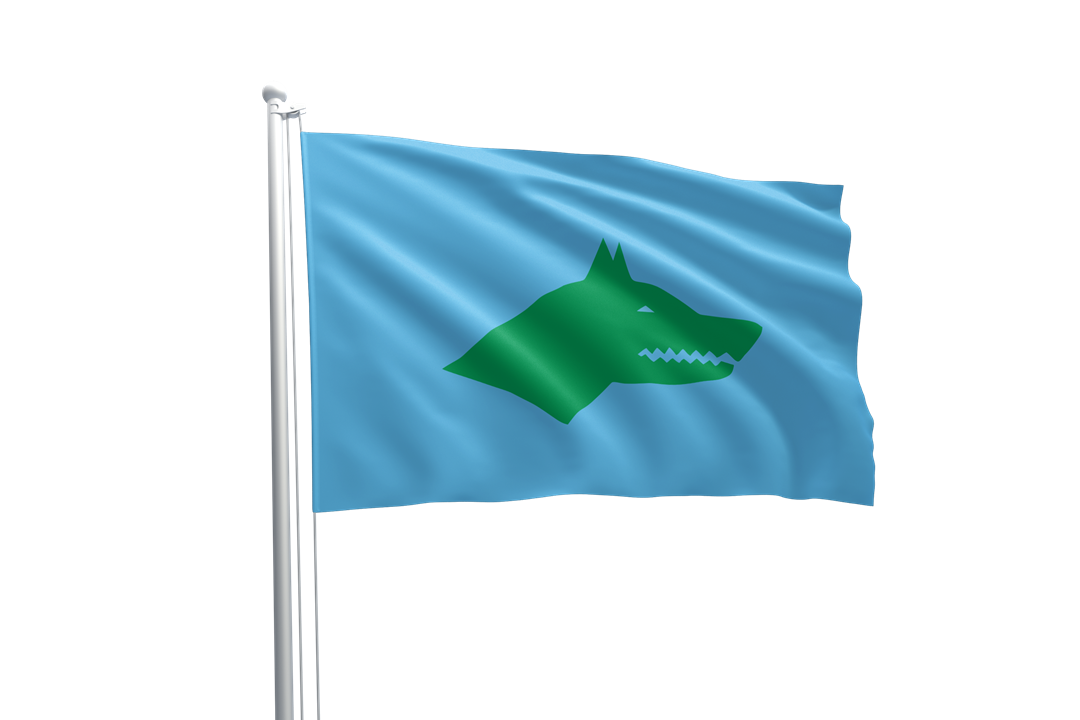
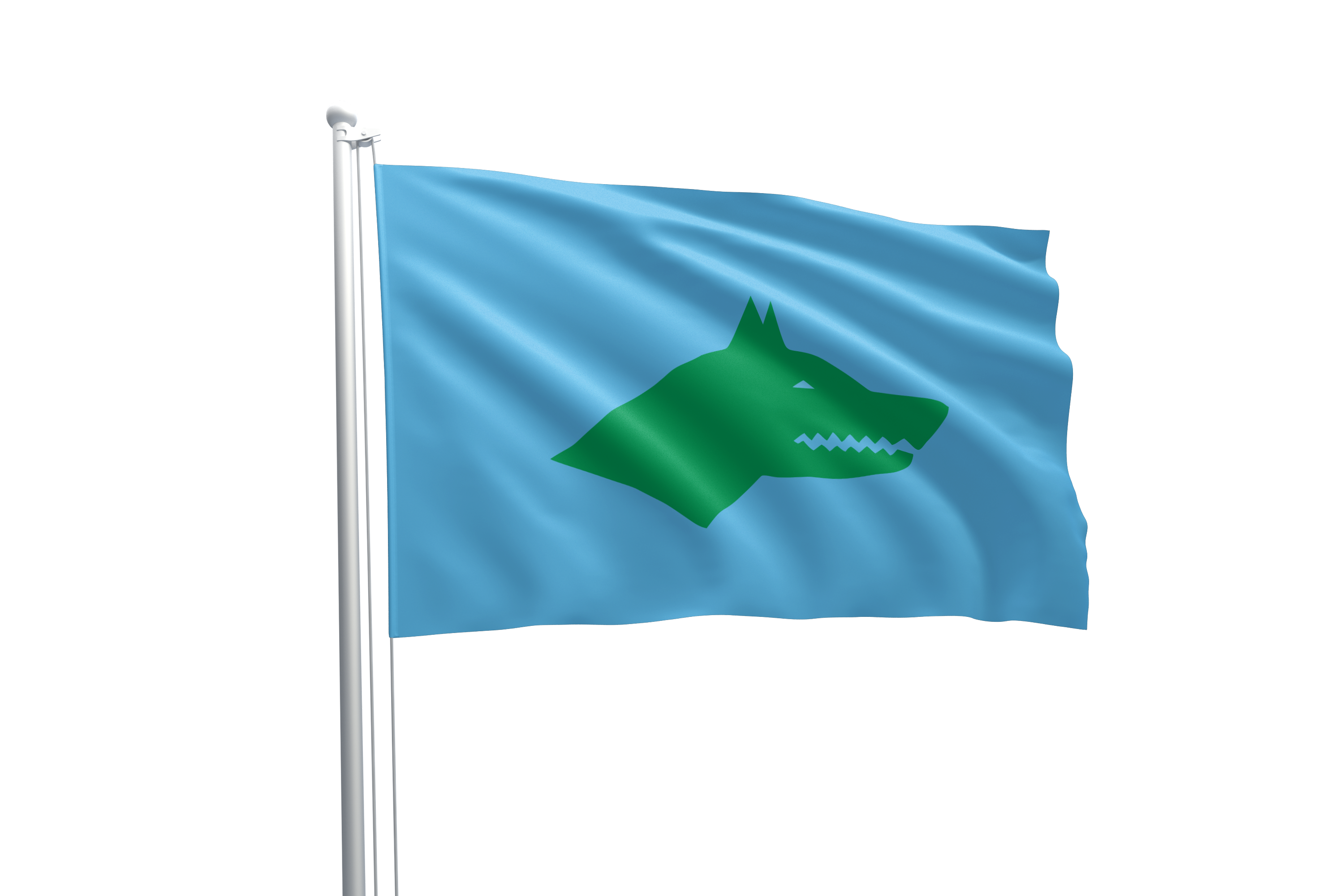
Old Turkish Flags: Bozkurt Flag History and Meaning
Bozkurt is one of the important figures of Turkish mythology and is often depicted as the leader of the wolves. While the wolf symbolizes the freedom of a people, it also points to the heroic past and courage of that people. The ancient Turkic states saw wolves as a symbol of their warrior spirit and therefore used the wolf figure on their flags. The Bozkurt Flag has been used in various forms from the ancient Turkish states in Central Asia to the present day and has gained new meanings in every period.
The meaning of the Bozkurt for the Turkish people strengthened especially during the rise of nationalism movements. As a symbol of independence and freedom, the wolf has become a symbol of the Turkish nation’s struggle against the difficulties in its history. With the proclamation of the Republic, the symbol of the Grey Wolf resurfaced and became part of a nation’s struggle for independence.
Characteristics and Symbols of Ancient Turkish Flags
Ancient Turkish flags represent not only the warrior identity of the Turkish nation, but also a deep cultural heritage. Among the most common symbols on Turkish flags are the moon and the star. These symbols symbolize both the Turks’ belief in the sky god in Central Asia and their relationship with Islam. Symbols such as the figure of Bozkurt, the crescent moon and the sun are also frequently used on Turkish flags.
The design of ancient Turkish flags is often simple, but full of deep meaning. These flags symbolize the strength and resilience of the Turkish nation. While the sky flag symbolizes the Turks’ connection to the sky in Central Asia and their belief in God, sometimes the red on the flag expresses the courage and valor of the Turks. These flags symbolized the resilience and desire for independence of the Turkish people, both in everyday life and on the battlefield.
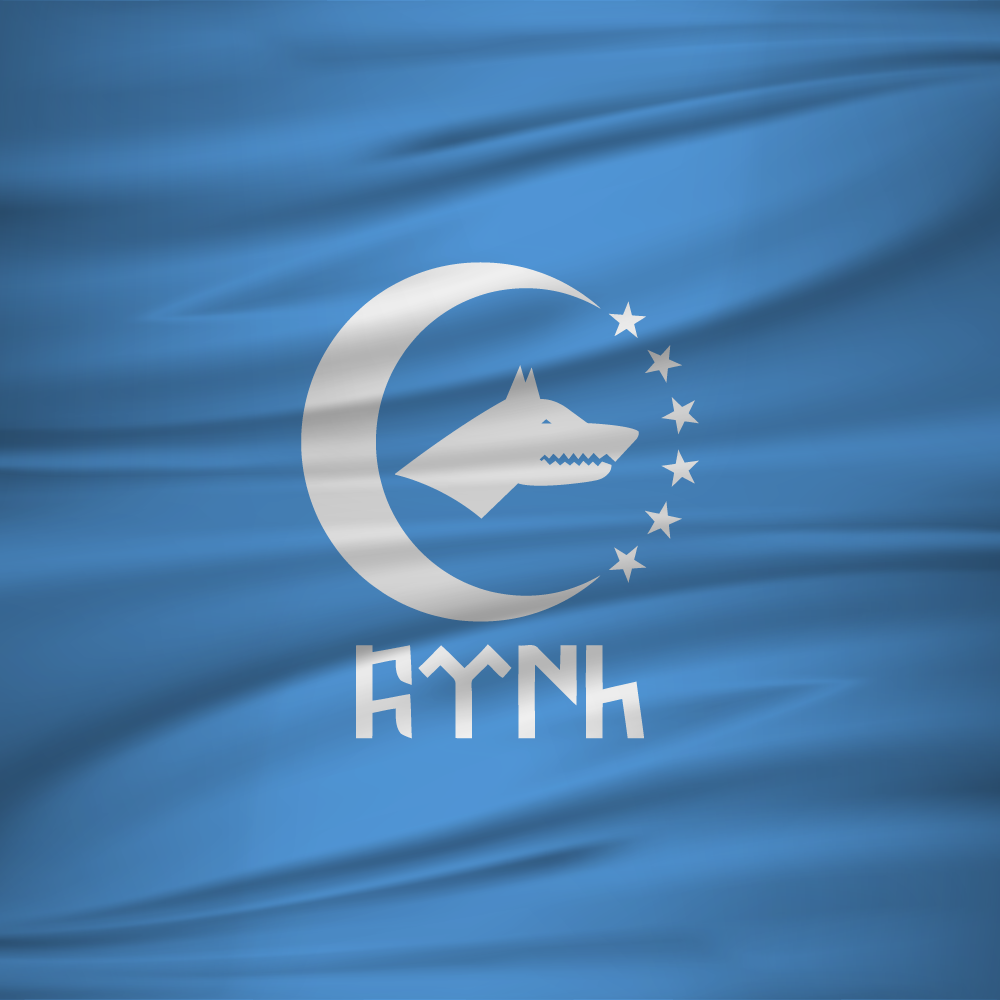
The Place of the Bozkurt Symbol in Turkish Flags
The Bozkurt is one of the most powerful symbols on Turkish flags. In both historical and cultural contexts, the Bozkurt is a symbol of the Turkish nation’s understanding of independence, freedom and heroism. In the ancient Turkish states, especially during the Gokturks and Seljuks, the symbol of the Bozkurt appeared on flags and was a figure that gave strength to warriors. Today, the Bozkurt flag continues to be an important symbol of Turkish nationalism.
The main reason why the Bozkurt appears on flags is the place of wolves in Turkish mythology and the meaning this figure creates among the people. Wolves are a symbol of leadership for Central Asian Turkic communities. Bozkurt is not only an animal, but also a savior and a leader figure for his people. Identified with Turkish nationalism, the Bozkurt also symbolizes the unity and solidarity of the people.
Today, the Bozkurt Flag is used as a symbol of nationalist movements and groups defending Turkish identity. This flag is a reminder of the historical unity and resilience of the Turkish nation and always reflects the people’s struggle for freedom.
Bozkurt Flag Pictures with Trend Flag Privilege
Trend Bayrak is one of the leading companies in the flag production sector and draws attention with the quality services it offers. It produces specially designed flags such as the Bozkurt Flag by paying attention to every detail. Trend Bayrak offers products with high standards at every stage, from the quality of fabrics used in flag production to printing techniques.
The Bozkurt Flag Paintings offered by Trend Bayrak not only accurately reflect the symbolism, but are also aesthetically striking. The colors, symbols and writings used in the design of the flags reflect the respect for the history and culture of the Turkish nation in every detail. Trend Bayrak offers confidence to its customers not only visually but also in terms of quality.
Bozkurt Flag, combined with the high quality offered by Trend Bayrak, gains a strong meaning both historically and aesthetically. Each flag symbolizes the struggle for freedom in the history of the Turkish nation and keeps this historical heritage alive. With Trend Bayrak, the Bozkurt Flag comes to life at a point where modern designs and traditional symbolism meet. These flags are perfect representatives of Turkish culture and history.
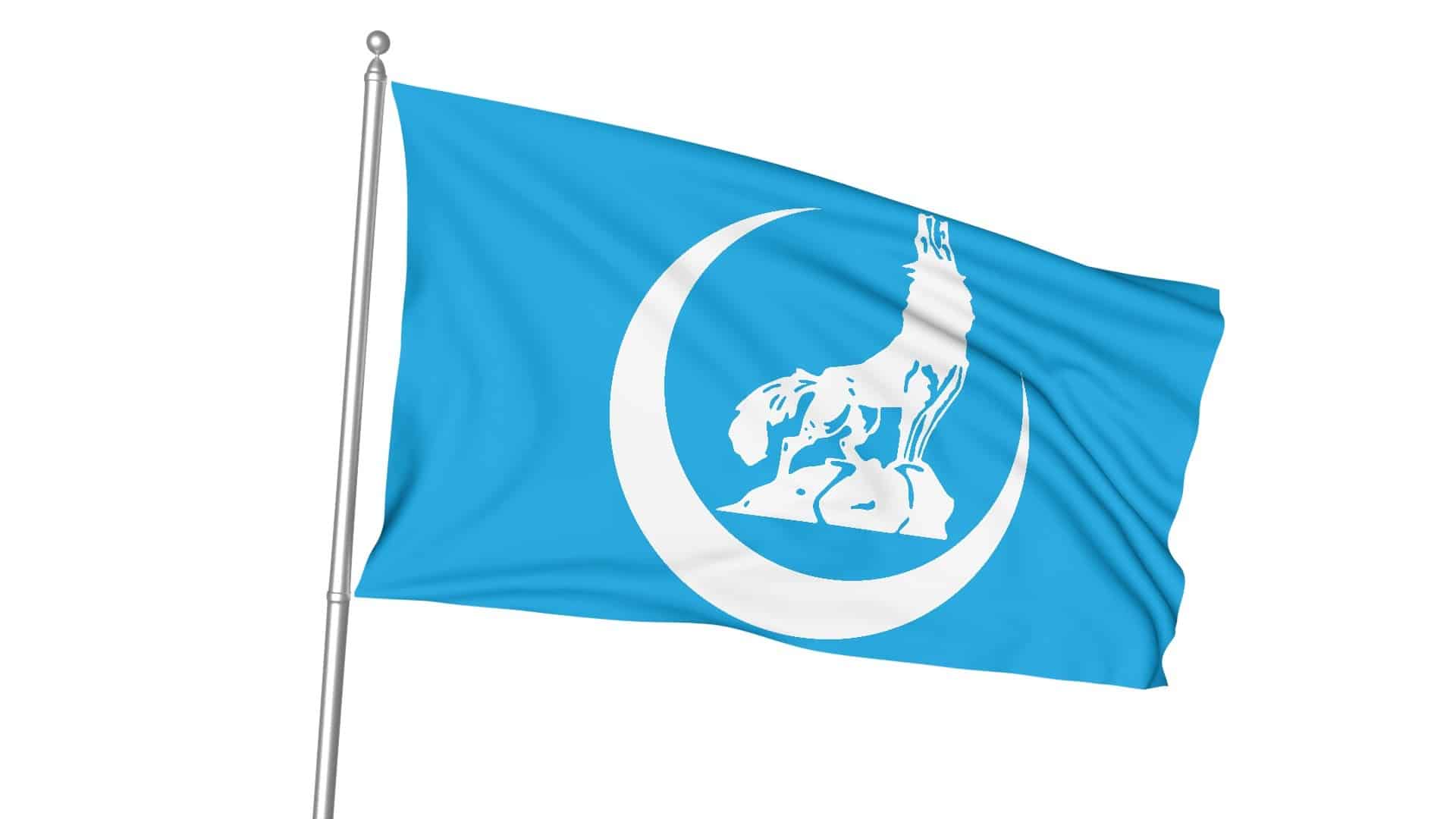
Conclusion
The Bozkurt Flag symbolizes deep meanings and cultural values in the history of the Turkish nation. While the old Turkish flags represent freedom, heroism and unity, the Bozkurt symbol symbolizes the Turkish nation’s commitment to these values. Trend Bayrak continues to keep the history and culture of the Turkish nation alive with special designs such as the Bozkurt Flag. These flags are more than just symbols, they reflect the respect for the history, heroism and freedom struggle of the Turkish nation.

